 1647-948-5886
1647-948-5886
 contact@exceleve.com
contact@exceleve.com
TO BRING TOGETHER THE EXPERTS FOR INFINITE NETWORKING
Annual LOPS2021®
Annual LOPS2021®

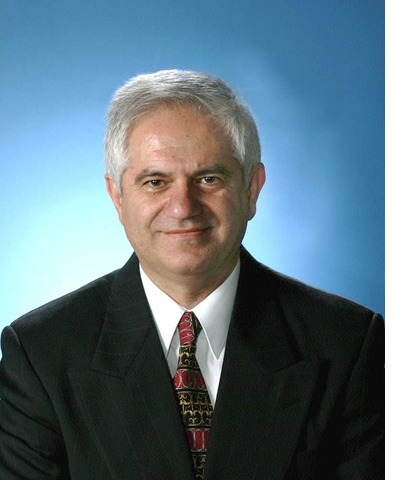
Alex Kazemi
ARK International LLC , Chairman LOPS 2021, Chief Scientific Committee Chair, Keynote Speaker, LOPS 2021
Alex Kazemi
ARK International LLC , Chairman LOPS 2021, Chief Scientific Committee Chair, Keynote Speaker, LOPS 2021ARK International LLC , Chairman LOPS 2021, Chief Scientific Committee Chair, Keynote Speaker, LOPS 2021
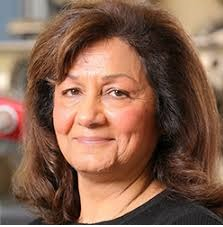
Manijeh Razeghi
Walter P. Murphy Professor, Director, Center for Quantum Devices, Northwestern University, USA, Chair, Plenary Speaker, LOPS2021
Manijeh Razeghi
Walter P. Murphy Professor, Director, Center for Quantum Devices, Northwestern University, USA, Chair, Plenary Speaker, LOPS2021anijeh Razeghi is the Walter P. Murphy Professor of Electrical Engineering at Northwestern University and Director of the Center for Quantum Devices, which she founded in 1991 after a successful 10-year career as the Director of Exploratory Materials at Thomson-CSF, France. She is one of the leading scientists in the field of semiconductor science and technology, having pioneered the development and implementation of major modern epitaxial techniques. Her current research interest is in nanoscale optoelectronic quantum devices from deep-UV up to terahertz. At Northwestern University she has commercialized aluminum-free pump lasers, developed type-II superlattices for next generation infrared imagers (an area in which she holds key patents), and currently holds most of the quantum cascade lasers records for high power and tunability. She has authored 18 books, 31 books chapters, and more than 1000 journal publications. She is editor, associate, and board member of many journals, including Nano Science and Nano technology. Her awards include the IBM Europe Science and Technology Prize, the SWE Lifetime Achievement Award, the R.F. Bunshah Award, the IBM faculty award, Jan Czochralski Gold Medal, and many best paper awards. She is a fellow of SWE, SPIE, IEC, OSA, APS, IOP, IEEE, and MRS.
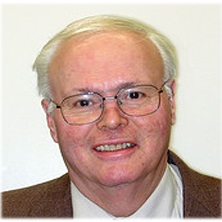
Robert Alfano
Discoverer, White-light supercontinuum laser, Initiator, Optical Biopsy, SPIE Gold Prize Awardee, 2019, Founding Director, The Institute for Ultrafast Spectroscopy & Lasers, The City College of New York, USA
Robert Alfano
Discoverer, White-light supercontinuum laser, Initiator, Optical Biopsy, SPIE Gold Prize Awardee, 2019, Founding Director, The Institute for Ultrafast Spectroscopy & Lasers, The City College of New York, USAIn 2019, Robert Alfano received SPIE (Society of Photo-Optical Instrumentation Engineers) Gold Medal Award, the highest honor bestowed by the society. Robert Alfano is an Italian-American experimental physicist. He is a Distinguished Professor of Science and Engineering at the City College and Graduate School of New York of the City University of New York, where he is also the founding Director of the Institute for Ultrafast Spectroscopy and Lasers (1982). He is a pioneer in the fields of Biomedical Imaging and Spectroscopy, Ultrafast lasers and optics, tunable lasers, semiconductor materials and devices, optical materials, biophysics, nonlinear optics and photonics; he has also worked extensively in nanotechnology and coherent backscattering. His discovery of the white-light supercontinuum laser is at the root of optical coherence tomography, which is breaking barriers in ophthalmology, cardiology, and oral cancer detection (see "Better resolution with multibeam OCT," page 28) among other applications. He initiated the field known now as Optical Biopsy He recently calculated he has brought in $62 million worth of funding to CUNY during his career, averaging $1.7 million per year. He states that he has accomplished this feat by "hitting the pavement"; he developed a habit of aggressively reaching out to funding partners and getting them interested in his work. Alfano has made discoveries that have furthered biomedical optics, in addition to fields such as optical communications, solid-state physics, and metrology. Alfano has an outstanding track record for achievements regarding the development of biomedical instruments. His contributions to photonics are documented in more than 700 research articles, 102 patents, several edited volumes and conference proceedings, and well over 10,000 citations. He holds 45 patents and published over 230 articles in the biomedical optics area alone. His discovery of the white-light supercontinuum laser is at the root of optical coherence tomography, which is breaking barriers in ophthalmology, cardiology, and oral cancer detection (see "Better resolution with multibeam OCT," page 28) among other applications. Alfano has trained and mentored over 52 PhD candidates and 50 post-doctoral students. For the past ten years, he has trained innumerable high school students in hands on photonics. Areas of Expertise/Research Bonding of Tissues with Light Biomedical Optics and Detection of Cancer with Light Spectroscopy Expertise in Properties of Light and Photonics Ultrafast Spectroscopy and Lasers Physics and Electrical Engineering Science and Engineering
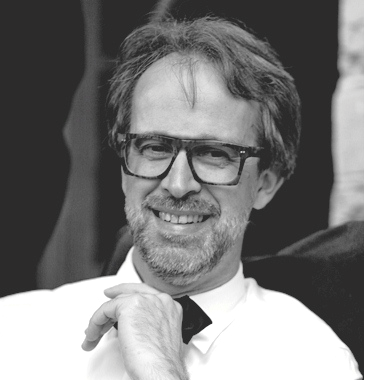
Bernard Dam
Head, MECS (Materials for Energy Conversion and Storage), Delft University of Technology, Netherlands, Co Chair, LOPS 2021
Bernard Dam
Head, MECS (Materials for Energy Conversion and Storage), Delft University of Technology, Netherlands, Co Chair, LOPS 2021Bernard Dam is a Dutch physical chemist who started his career with a thesis on the growth and morphology of incommensurately modulated crystals. After working as a researcher Philips Research Labs in Eindhoven on High-Tc superconductors and as an Associate Condensed Matter Professor at the VU University in Amsterdam, he is now the head of the MECS (Materials for Energy Conversion and Storage) group at the Delft University of Technology. In addition he is co-chair of the e-Refinery institute on electrochemical conversion. His present research ranges from in the investigation of metal oxyhydrides for photochromic and battery applications to the application of metal hydrides as optical fiber hydrogen sensors. The latter research shows the possibility to develop optical hydrogen sensors spanning six orders of magnitude in pressure.
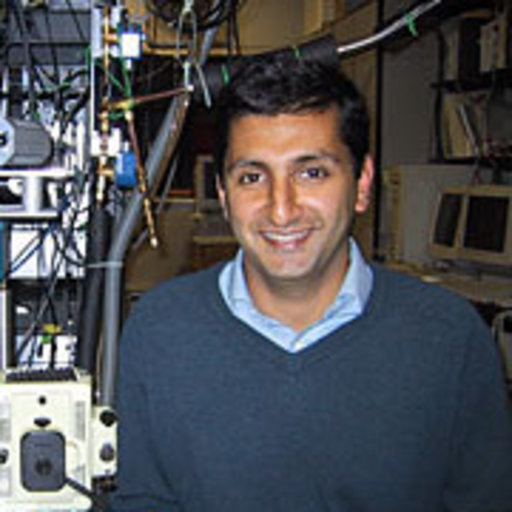
Nicolas Javahiraly
Project manager, Expert, The Sagem Defense group, University of Strasbourg, France Co Chair, LOPS 2021
Nicolas Javahiraly
Project manager, Expert, The Sagem Defense group, University of Strasbourg, France Co Chair, LOPS 2021Nicolas Javahiraly is an associate professor in physics at the University of Strasbourg, France. He did his PhD in Photonics at the same university on fiber optic sensors. After a post-doc at Harvard University on the interaction between ultra-short laser pulses and matter, he worked as a project manager and expert in the Sagem Defense group in Paris. He joined the University of Strasbourg in 2007 and is currently working on nano-optical sensors and plasmonics for various applications such as gas detection, pollutants detection and photoconversion systems for example.
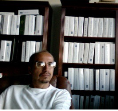
Edgar Mendoza
President, CEO, Redondo Optics United States Co-Chair, LOPS 2021
Edgar Mendoza
President, CEO, Redondo Optics United States Co-Chair, LOPS 2021Dr. Ed Mendoza leads the technology and business strategy vision for Redondo Optics, with over thirty years of experience as a senior executive, strategic business development, and technology innovation in fast-growth star-up companies focus on emerging markets in aviation & aerospace, smart structures, renewable energy, life sciences, oil & gas, and defense and security. Ed received his Ph.D. from the City University of New York. Currently works in fields ranging from fiber optics sensors, silicon photonics, smart wearable fabrics, optical metrology, remote sensing, Lab-on-Chip opto-fluidics, diffractive and refractive optics, and nanomaterials.
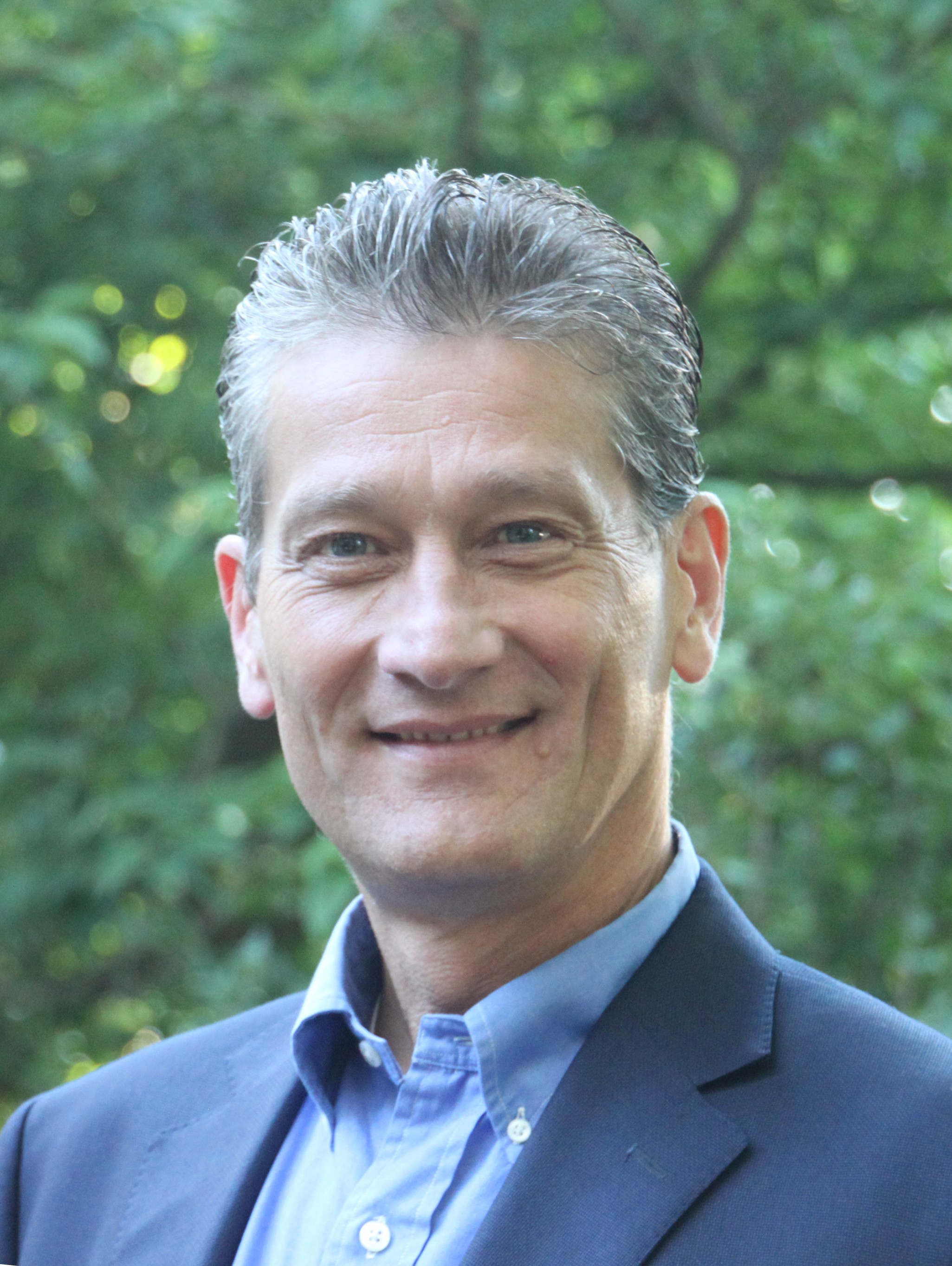
Sergio Fantini
Tufts University, USA 2004: Graduate Student Council's Award 2001: Outstanding Faculty Award
Sergio Fantini
Tufts University, USA 2004: Graduate Student Council's Award 2001: Outstanding Faculty AwardSergio Fantini received his doctoral degree in physics from the University of Florence, Italy, in 1992. His dissertation was based on a Raman scattering study of ceramic superconductors. From 1993 to 1999, Fantini held postdoctoral and faculty appointments at the University of Illinois at Urbana-Champaign, in the Department of Physics. In 1999, he joined Tufts University as an assistant professor and has been one of the inaugural faculty members of the Department of Biomedical Engineering, which was created at Tufts in 2002.
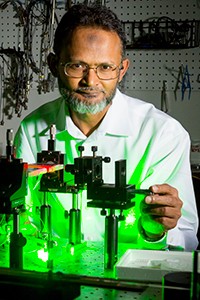
Syed H. Murshid
The Inventor of SDM & OAM in Optical Fibers, Florida Institute of Technology, USA, Co Chair, LOPS 2021
Syed H. Murshid
The Inventor of SDM & OAM in Optical Fibers, Florida Institute of Technology, USA, Co Chair, LOPS 2021Syed H. Murshid is a Professor of Electrical and Computer Engineering at the Florida Institute of Technology in Melbourne, Florida. He teaches courses in optics and electrical engineering at both graduate and undergraduate levels. His research focuses on optical fiber communications and sensors. He is pushing the state-of-the-art in optical fiber bandwidth using hybrid optical architectures, and his contributions include adding two new degrees of photon freedom to optical fiber multiplexing techniques. As the inventor of SDM and OAM in optical fibers, he holds multiple patents to these technologies. His current research activities are focused on combining these technologies for communication architectures exceeding 100s of Tb/s. Professor Murshid is an active researcher, and his endeavors regularly receive support from the government and industry. He disseminates his research results regularly in books, book chapters, peer-reviewed articles, and conference presentations. He also holds ten US and International patents. In November 2004, he was named one of Florida's five most influential scientists by the Florida Trend Magazine. Murshid received BE in Electronics Engineering in 1986 from NED University of Engineering and Technology in Karachi and served the instrumentation and process industry until 1994 in different capacities that focused on design and maintenance of SCADA systems. He received MS in Electrical Engineering from the Florida Institute of Technology in 1995, followed by Ph.D. in Electrical Engineering in 1997. After a brief sojourn with Harbor Branch Oceanographic Research Institute, he returned to Florida Tech in 1999, where he currently teaches courses in electrical circuits, virtual instrumentation, photonics, fiber-optic communications, and fiber-optic sensors. Awards Named one of Florida's five most influential scientists, Florida Trend magazine, November 2004. Postdoctoral Fellow, Electrical and Computer Engineering, Florida Institute of Technology, 1997-1998 Patents International Patent: Murshid Syed and Rumpf Raymond “Fiber Optic Fabry-Perot interferometers and associated methods” European Patent Office June, 2006. US Patents: Murshid S., and Lovell G., "All-optical spatial domain multiplexing de-multiplexer" United States Patent No. 9,529,147, December 27, 2016. Murshid S., and Finch M., "Omnidirectional free space optical communications receiver" United States Patent No. 9,515,729, December 6, 2016. Murshid S., and Khayrattee A., "Orbital angular momentum in spatially multiplexed optical fiber communications" United States Patent No. 8,396,371, March 12, 2013. Murshid S., “Array of concentric CMOS photodiodes for detection and de-multiplexing of spatially modulated optical channels” United States Patent No. 8,278,728, October 2, 2012 Murshid S., et al “Methods and apparatus for spatial multiplexing in optical communication”. (7,639,909) December 2009. Murshid S., Grossman B., Narakorn P., “Methods and apparatus for spatial domain multiplexing in optical fiber communications”. (7,174,067). February 06, 2007. Rumpf R and Murshid Syed, “Fiber Optic Fabry-Perot interferometers and associated methods”. (6,886,365), also awarded International patent on a similar invention. May 03, 2005. Murshid Syed H., “Fiber optic level detection system.”(6,801,678) October 05, 2004.
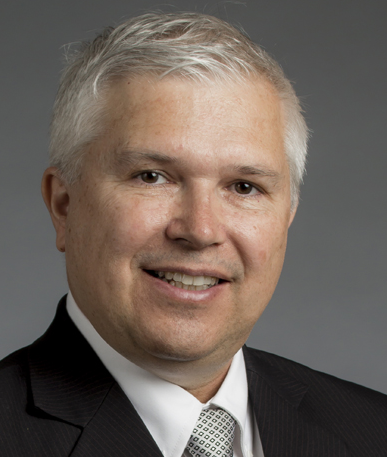
William (Doc A) Arrasmith
Professor of Systems Engineering and Engineering Physics, College of Engineering and Science Department of Computer Engineering and Science, Florida Institute of Technology, USA
William (Doc A) Arrasmith
Professor of Systems Engineering and Engineering Physics, College of Engineering and Science Department of Computer Engineering and Science, Florida Institute of Technology, USADr. Arrasmith is currently a professor in the Department of Engineering Systems at FIT. He has 20 years experience with government research and development programs and has had extensive exposure to electro-optical, infrared, and laser detection systems. Prior to his position at Florida Tech, Dr. Arrasmith served as Program Manager of Physics and Electronics at the Air Force Office of Scientific Research (AFOSR) in Washington DC. In 1997 he moved to the United States Naval Academy in Annapolis, Maryland to teach courses in Engineering and Linear Adaptive Optics. Dr. Arrasmith was then reassigned to the Air Force Technical Applications Center (AFTAC) at Patrick Air Force Base where he became Chief of the Systems and Technology Division. He was later appointed Division Chief for the Advanced Science and Technology Division of the AFTAC and remained in the position until joining Florida Tech in 2003. Research Interests Adaptive optics Cellular neural networks Advanced sensor, Imaging Detection concepts
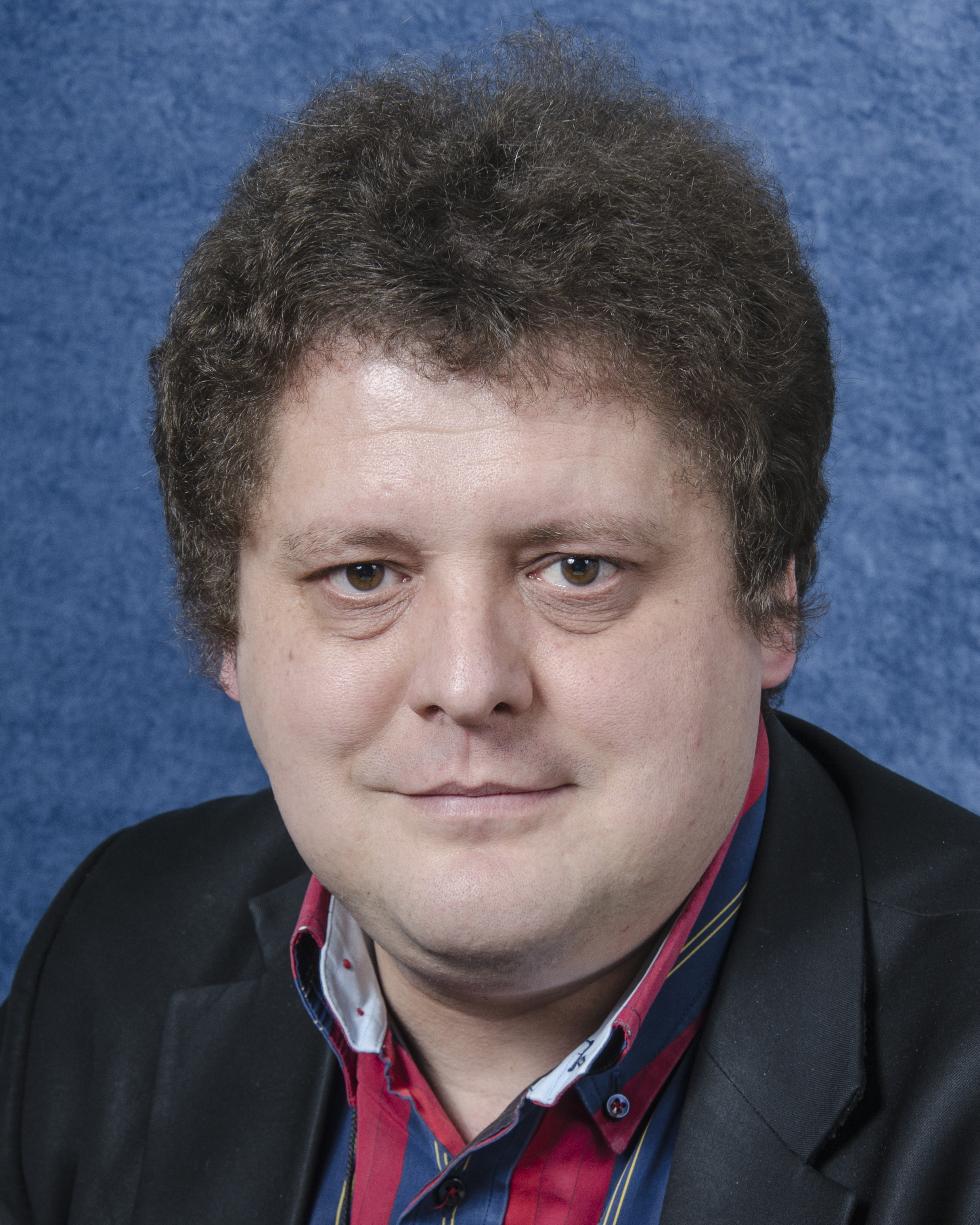
Igor Meglinski
Node Leader, Biophotonics 4 Life Worldwide Consortium (BP4L), Senior Member, IEEE, Chartered Physicist, Chartered Engineer Fellow, Institute of Physics & Fellow, SPIE. Aston University, UK
Igor Meglinski
Node Leader, Biophotonics 4 Life Worldwide Consortium (BP4L), Senior Member, IEEE, Chartered Physicist, Chartered Engineer Fellow, Institute of Physics & Fellow, SPIE. Aston University, UKIgor Meglinski is Professor in Biophotonics and Biomedical Engineering at Aston University (UK) and University of Oulu (Finland). His research interests lie at the interface between physics, biomedical engineering, medicine and life sciences, focusing on the development of new non-invasive imaging/diagnostic techniques. His recent main contributions include a number of pioneering studies/results on propagation and localization of light in biological tissues, use circularly polarized light and since recently vortices and twisted light for optical biopsy/histopathology, and the study of light scattering in non-ergodic tissue-like scattering medium. He published over 350 papers in peer-reviewed scientific journals (185), proceedings of conferences (161), book chapters (17) and 4 books, and delivered over 750 presentations at the major international conferences, symposia and workshops, including 30 keynotes and 187 invited lectures, and 88 invited lectures/seminars at the world leading research centres and the universities for students and young researchers. He is the Node Leader in Biophotonics4Life Worldwide Consortium (BP4L), Senior Member of IEEE, Chartered Physicist (CPhys), Chartered Engineer (CEng), Fellow of Institute of Physics and Fellow of SPIE.
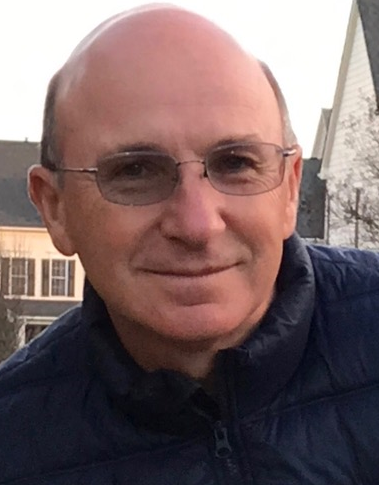
Andrei Afanasev
The George Washington University United States
Andrei Afanasev
The George Washington University United States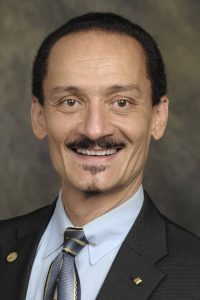
Peter J. Delfyett
University Trustee Chair,Pegasus Professor, Optics & Photonics, ECE & Physics,Director, Townes Laser Institute, University of Central Florida, USA
Peter J. Delfyett
University Trustee Chair,Pegasus Professor, Optics & Photonics, ECE & Physics,Director, Townes Laser Institute, University of Central Florida, USAPeter J. Delfyett received the B.E.(E.E.) degree from The City College of New York in 1981, the M.S. degree in EE from The University of Rochester in 1983, the M. Phil and Ph.D. degrees from The Graduate School & University Center of the City University of New York in 1987 and 1988, respectively. His Ph.D. thesis was focused on developing a real time ultrafast spectroscopic probe to study molecular and phonon dynamics in condensed matter using optical phase conjugation techniques. After obtaining the Ph.D. degree, he joined Bell Communication Research as a Member of the Technical Staff, where he concentrated his efforts towards generating ultrafast high power optical pulses from semiconductor diode lasers, for applications in applied photonic networks. Some of his technical accomplishments were the development of the world’s fastest, most powerful modelocked semiconductor laser diode, the demonstration of an optically distributed clocking network for high speed digital switches and supercomputer applications, and the first observation of the optical nonlinearity induced by the cooling of highly excited electron-hole pairs in semiconductor optical amplifiers. While at Bellcore, Dr. Delfyett received numerous awards for his technical achievements in these areas, including the Bellcore Synergy Award and the Bellcore Award of Appreciation. Dr. Delfyett joined the faculty at the College of Optics & Photonics and the Center for Research and Education in Optics and Lasers (CREOL) at the University of Central Florida in 1993, and currently holds the positions of University of Central Florida Trustee Chair Professor of Optics, ECE & Physics. Dr. Delfyett served as the Editor-in-Chief of the IEEE Journal of Selected Topics in Quantum Electronics (2001-2006), and served on the Board of Directors of the Optical Society of America. He served as an Associate Editor of IEEE Photonics Technology Letters, was Executive Editor of IEEE LEOS Newsletter (1995-2000) and sits on the Presidential Science Advisory Council of the Orlando Science Center. He is a Fellow of the Optical Society of America, Fellow of IEEE/LEOS, was a member of the Board of Governors of IEEE-LEOS (2000-2002), and is also a member of Tau Beta Pi, Eta Kappa Nu, and Sigma Xi, and SPIE. Dr. Delfyett has been awarded the 1992 YMCA New Jersey Black Achievement Award, the 1993 National Black Engineer of the Year Award – Most Promising Engineer, the University Distinguished Research Award ’99, and highlighted in Design News’ “Engineering Achievement Awards”. In addition, Dr. Delfyett has been awarded the National Science Foundation’s Presidential Faculty Fellow Early Career Award for Scientists and Engineers, which is awarded to the Nation’s top 20 young scientists. Dr. Delfyett has published over 500 articles in refereed journals and conference proceedings, has been awarded 30 United States Patents, and has been highlighted on ‘C-SPAN’, “mainstreekweek.com” and in “Career Encounters”, a PBS Special on technical careers in the optics and photonics field. Dr. Delfyett was awarded the 1999 University Distinguished Researcher of the Year Award, the 2000 Black Engineer of the Year Award – Outstanding Alumnus Achievement, and the 2000 Excellence in Graduate Teaching Award. He was awarded the University of Central Florida’s 2001 Pegasus Professor Award which is the highest honor awarded by the University. He is also a Founding Member in NSF’s Scientists and Engineers in the School Program, which is a program to teach 8th graders about the benefits of science, engineering and technology in society. In 2003, Dr. Delfyett received the Technology Innovation Award from the Orlando Economic Development Commission. He was selected as one of the “50 Most Important Blacks in Research Science in 2004” and as a “Science Trailblazer in 2005 and 2006” by Career Communications Group and Science Spectrum Magazine. Dr. Delfyett has also endeavored to transfer technology to the private sector, and helped to found “Raydiance, Inc.” which is a spin-off company developing high power, ultrafast laser systems, based on Dr. Delfyett’s research, for applications in medicine, defense, material processing, biotech and other key technological markets. Dr. Delfyett was also elected to serve 2 terms as President of the National Society of Black Physicists (2008-2012). Most recently, he was awarded the APS Edward Bouchet Award for his significant scientific contributions in the area of ultrafast optical device physics and semiconductor diode based ultrafast lasers, and for his exemplary and continuing efforts in the career development of underrepresented minorities in science and engineering. Awards & Honors International Society for Optics and Photonics (SPIE) Fellow American Physical Society (APS) Fellow IEEE Photonics Society Fellow Optical Society of America (OSA) Fellow 2019 Excellence in Graduate Teaching College Award 2014 Florida Academy of Science’s 2014 Medalist 2013 National Academy of Inventors Fellow 2013 Letter of Appreciation – SPIE 2013 Faculty Excellence for Mentoring Doctoral Students 2013 College Research Incentive Award (RIA) 2012 Faculty Excellence in Mentoring Doctoral Students 2012 College Excellence in Graduate Teaching Award 2012 Excellence in Graduate Teaching Award 2011 Excellence in Graduate Teaching Award 2011 APS Edward Bouchet Award 2010 American Physical Society Edward Bouchet Award 2010 IEEE Photonic Society Graduate Student Fellowship 2010 SPIE Educational Scholarship in Optical Science and Engineering 2010 Incubic/Milton Chang Travel Award to attend CLEO 2006 Science Spectrum Trailblazer 2005 District Advocate for the American Physical Society 2005 Science Spectrum Outstanding Black Professional in Science 2003 Technology Innovation Award 2003 UCF Millionaire’s Club 2002 Pegasus Professor Award 2002 UCF Distinguished Research Professor Award 2002 UCF Millionaire’s Club 2001 UCF Nguzo Saba Award 2000 Research Incentive Award (RIA) Research Group Conducting research on ultrafast high power optical pulses from semiconductor diode lasers, for applications in applied photonic networks and laser induced materials modification.
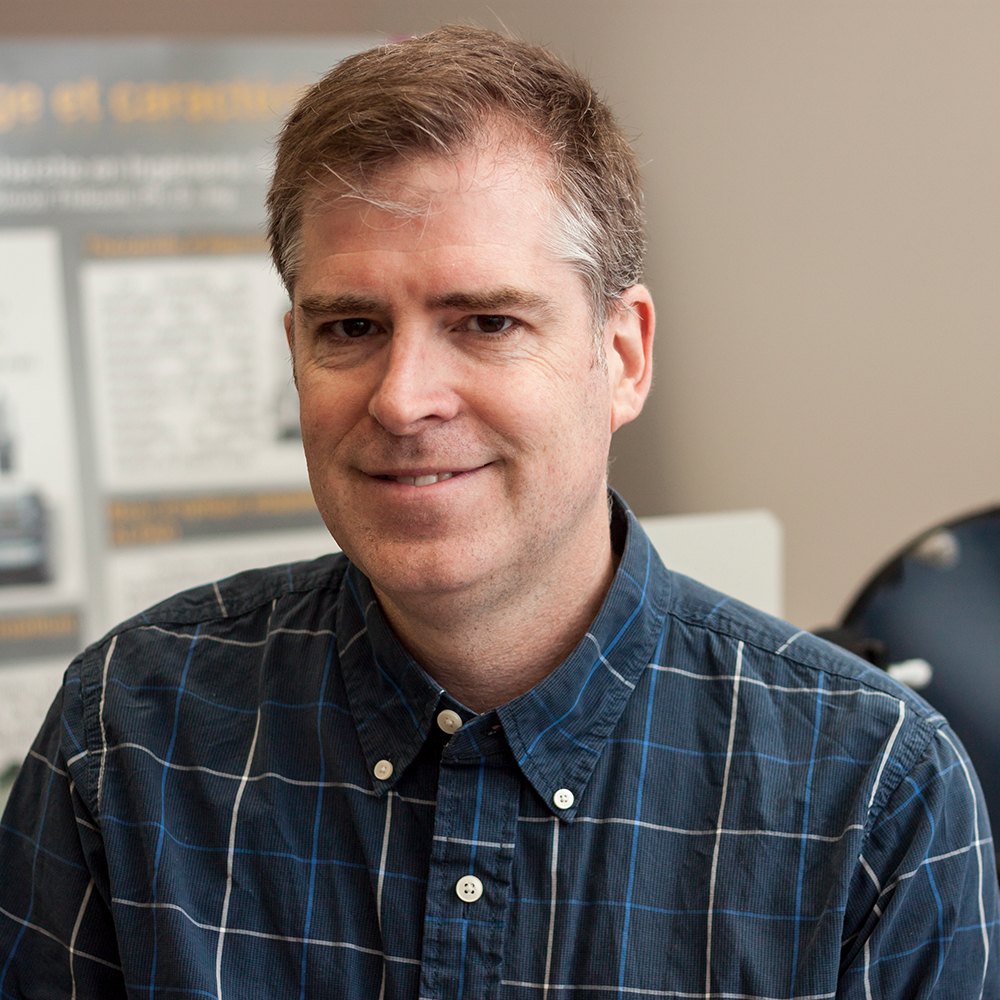
Simon Thibault
Université Laval Centre for Optics, Photonics & Laser, Canada Chair, Member, Conference Ccommittee, SPIE, OSA Conferences, Canada
Simon Thibault
Université Laval Centre for Optics, Photonics & Laser, Canada Chair, Member, Conference Ccommittee, SPIE, OSA Conferences, CanadaSimon Thibault received a BSc in physics engineering in 1994 and a master’s degree in physics in 1995 from Université Laval (Québec). He completed his PhD in 1998. The topic of his thesis was the optical design and testing of an optical 3D sensor using a liquid mirror. OSA Senior member (2015) and SPIE Fellow (2018), he is involved in various SPIE and OSA conferences as conference chair or member of conference committee.
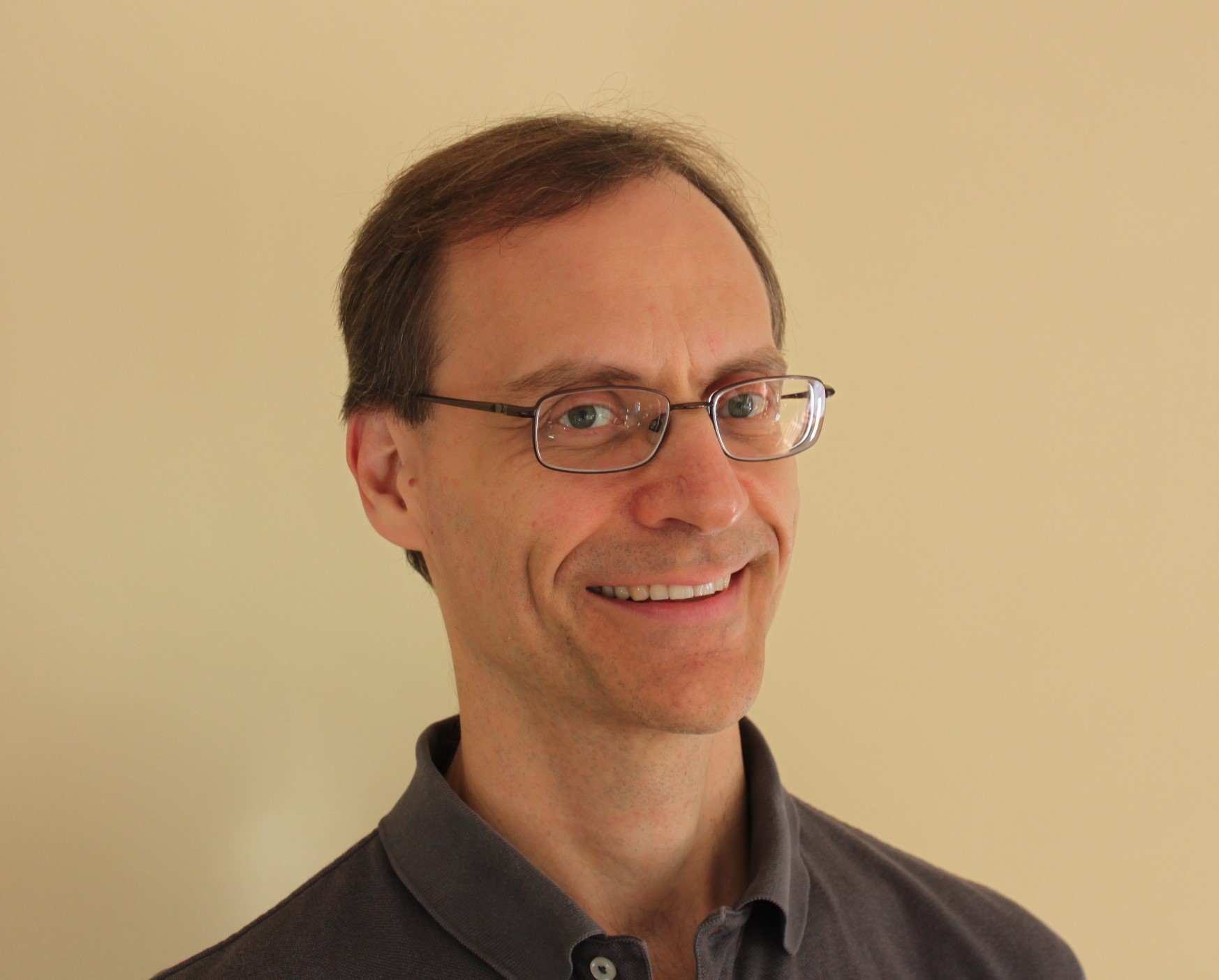
Paul Westbrook
Technical Manager OFS Labs, United States
Paul Westbrook
Technical Manager OFS Labs, United StatesPaul Westbrook has degrees in Physics from the University of Michigan (B.S.) and MIT (PhD). In 1998, he joined the optical fiber research department at Bell Laboratories in Murray Hill, NJ. He is currently a technical manager at OFS Labs which was formed after the sale of the Lucent optical fiber business to Furukawa in 2001. He has worked on several optical technologies, including fiber sensors, polarization measurement, fiber lasers, optical fiber gratings, and photonic crystal fibers. He is a coauthor or coinventor on over 100 publications, conference proceedings, and patents. He has served as a committee member or chair for several conferences, including OFC, CLEO, IPC, BGPP, and CLEO Europe. He is currently an associate editor at APL Photonics, and was an associate editor at Fiber and Integrated Optics and IEEE PTL in the past. In 2017 he was elected a Fellow of the OSA.
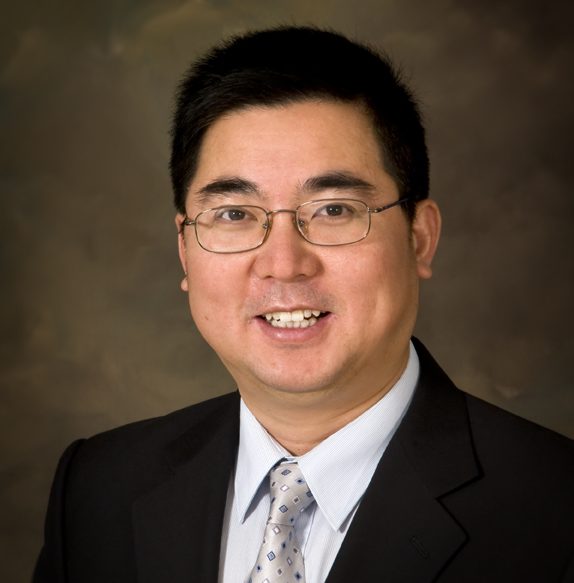
Haishan Zeng, PhD
Prism Award (Life Sciences & Biophotonics)- 2013 by SPIE University of British Columbia, Canada
Haishan Zeng, PhD
Prism Award (Life Sciences & Biophotonics)- 2013 by SPIE University of British Columbia, CanadaDr. Haishan Zeng is a distinguished scientist with the Integrative Oncology Department (Imaging Unit) of the BC Cancer Research Centre and a professor of Dermatology, Pathology, and Physics at the University of British Columbia, Vancouver, Canada. For over 30 years, Dr. Zeng’s research has been focused on the optical properties of biological tissues, light-tissue interaction, and nanomaterials enhanced light-tissue interaction as well as their applications in medical diagnosis and therapy. His group has pioneered the multiphoton absorption based laser therapy and is at the leading position in endoscopy imaging and Raman spectroscopy for in vivo early cancer detection, and silver/gold nanoparticles based surface enhanced Raman spectroscopy analysis of body fluids for cancer screening. He has published over 170 refereed journal papers, 17 book chapters, and 1 book (“Diagnostic Endoscopy”, CRC Press Series in Medical Physics and Biomedical Engineering). Dr. Zeng serves as Editorial Board members for the Journal of Biomedical Optics and the recently launched Translational Biophotonics. He is an Executive Organizing Committee member of the annual SPIE International Symposium on Biomedical Optics. Dr. Zeng’s research has generated 28 granted patents related to optical diagnosis and therapy. Several medical devices derived from these patents including fluorescence endoscopy (ONCO-LIFE™) and rapid Raman spectroscopy (Vita Imaging Aura™) have passed regulatory approvals and are currently in clinical uses around the world. The Aura™ device using Raman spectroscopy for non-invasive skin cancer detection was awarded the Prism Award in the Life Sciences and Biophotonics category in 2013 by SPIE - the International Society for Optics and Photonics.
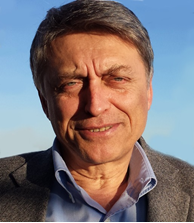
Boris Gramatikov
Laboratory of Ophthalmic Optics The Johns Hopkins Hospital United States
Boris Gramatikov
Laboratory of Ophthalmic Optics The Johns Hopkins Hospital United StatesBoris Gramatikov obtained his Dipl.-Ing. degree in Biomedical Engineering in Germany, and his Ph.D. in Bulgaria. He has completed a number of postdoctoral studies in Germany, Italy and the United States. He joined the faculty of the Biomedical Engineering Department of The Johns Hopkins University in 1996, and has been working in the Laboratory of Ophthalmic Instrumentation Development at The Wilmer Eye Institute since 2000. His areas of expertise include electronics, optoelectronics, computers, computer modeling, signal/image processing, data analysis, instrumentation design, biophotonics, ophthalmic and biomedical optics, polarization optics, all applied to the development of diagnostic methods and devices for ophthalmology and vision research. His team has developed a series of pediatric vision screeners. He has over 120 publications, 41 of which in high-impact peer-reviewed journals. He serves as a reviewer and editorial board member with a number of technical and medical journals.
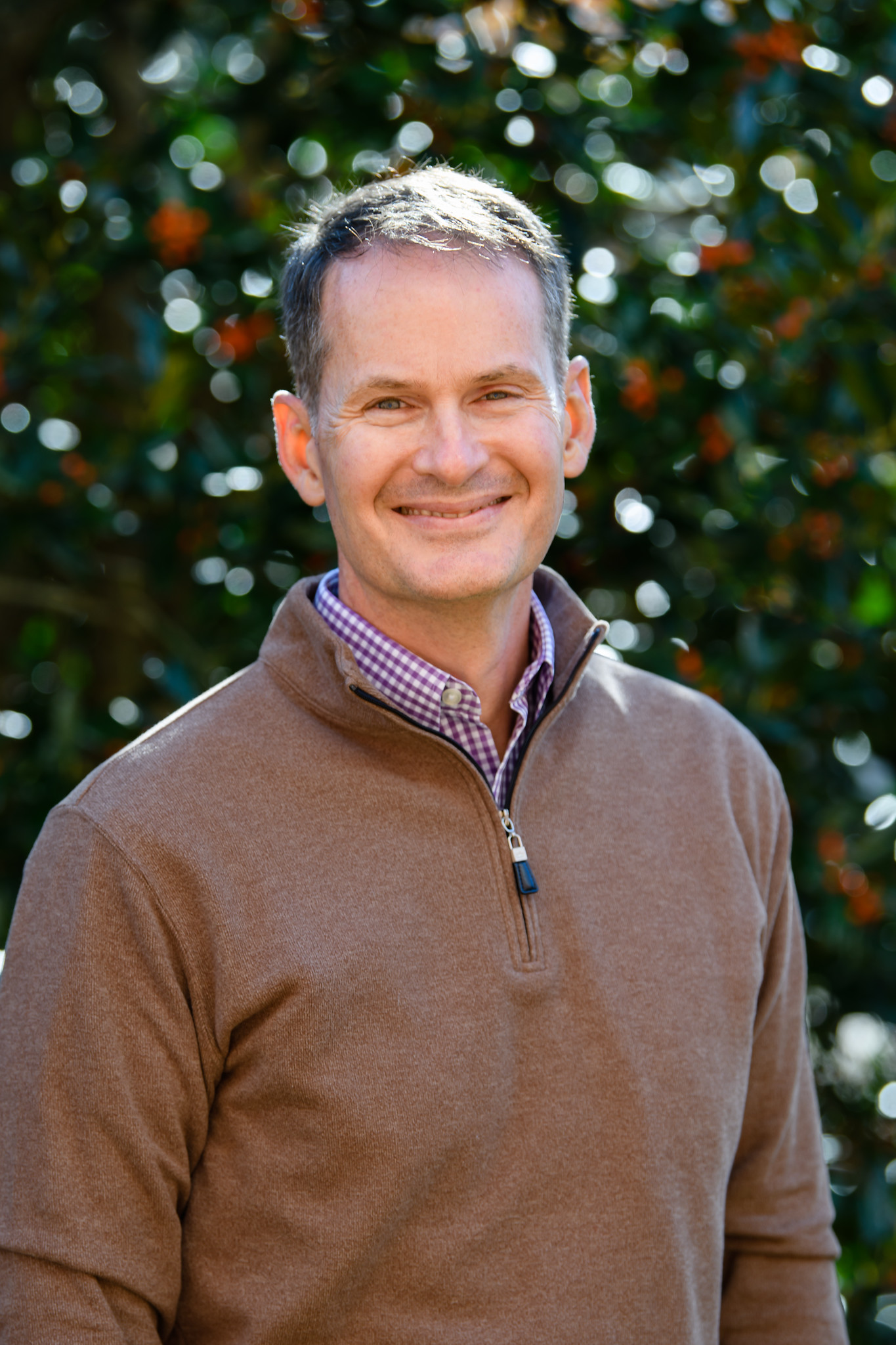
John M. Ballato
J. E. Sirrine Textile Foundation Endowed Chair, Optical Fibers & Professor Clemson University, United States
John M. Ballato
J. E. Sirrine Textile Foundation Endowed Chair, Optical Fibers & Professor Clemson University, United StatesJohn Ballato is a Professor of materials science and engineering at Clemson University (Clemson, SC), where he also holds the J. E. Sirrine Endowed Chair in Optical Fiber. He has published over 450 technical papers and holds 34 U.S. and foreign patents. Among numerous other honors, he is a Fellow of the American Association for the Advancement of Science (AAAS), the Institute of Electrical and Electronics Engineers (IEEE), the American Physical Society (APS), the Optical Society of America (OSA), the International Society of Optical Engineering (SPIE), and the American Ceramic Society (ACerS), as well as an elected member of the World Academy of Ceramics and the U.S. National Academy of Inventors.
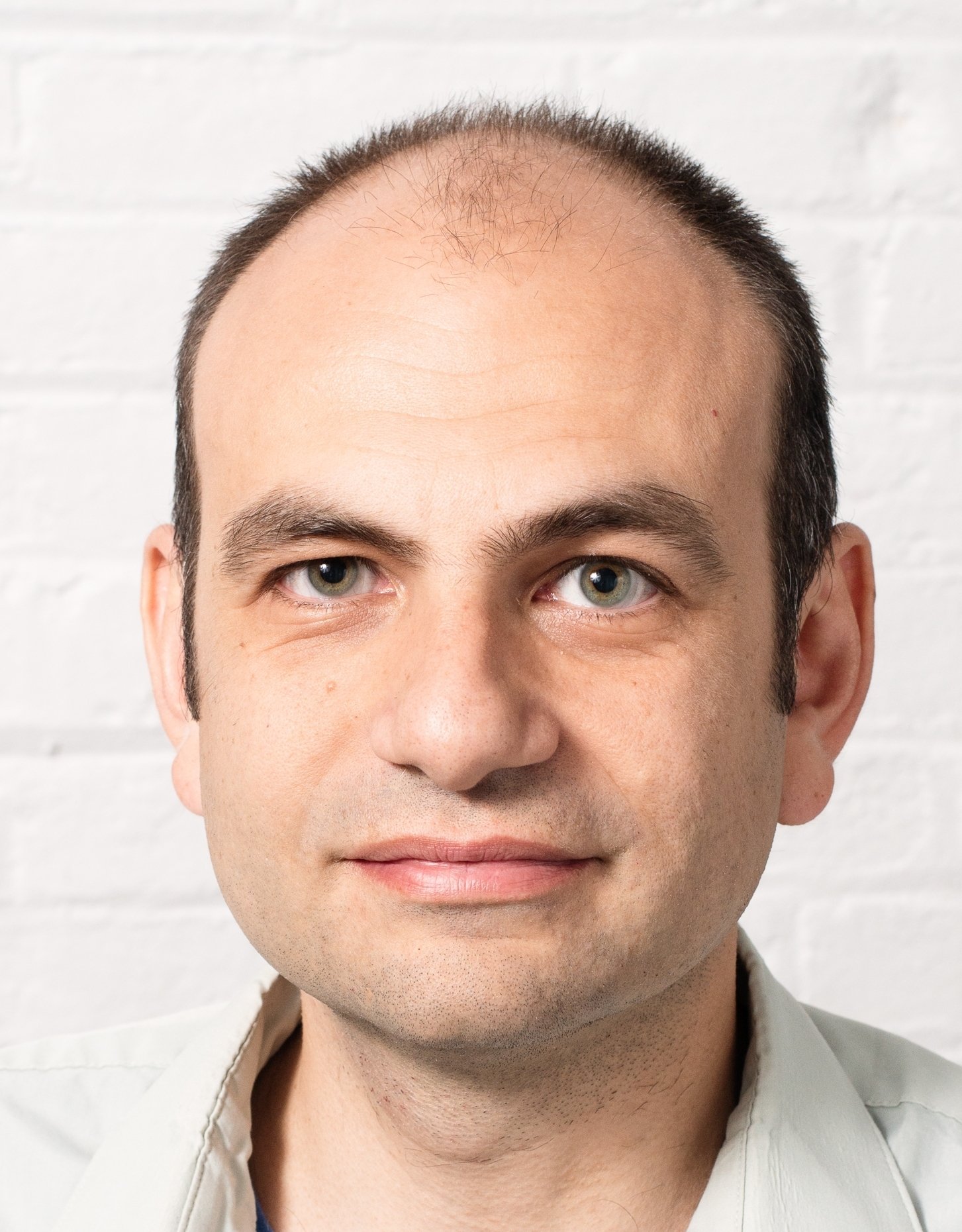
Ioannis (John) Kymissis
Kenneth Brayer Professor, Electrical Engineering, Chair, Department of Electrical Engineering, Columbia University SEAS, USA
Ioannis (John) Kymissis
Kenneth Brayer Professor, Electrical Engineering, Chair, Department of Electrical Engineering, Columbia University SEAS, USAIoannis (John) Kymissis is the Kenneth Brayer Professor of Electrical Engineering at Columbia University. John graduated with his SB, M.Eng., and Ph.D. degrees from MIT. His M.Eng. thesis was performed as a co-op at the IBM TJ Watson Research Lab on organic thin film transistors, and his Ph.D. was obtained in the Microsystems Technology Lab at MIT working on field emission displays. After graduation he spent three years as a post-doc in MIT's Laboratory for Organic Optics and Electronics working on a variety of organic electronic devices and as a consulting engineer for QDVision (since acquired by Samsung). He joined the faculty at Columbia University in Electrical Engineering in 2006 as an assistant professor. John has won a number of awards for his work, including the NSF CAREER award, the IEEE EDS Paul Rappaport award, the Vodaphone Americas Foundation Wireless Innovation Award, the MIT Clean Energy Prize, and a Verizon Powerful Answers award. He served a term as the editor in chief of the Journal of the Society for Information Display, is a fellow of the SID, serves as the SID treasurer, and was the general chair for the 2014 Device Research Conference
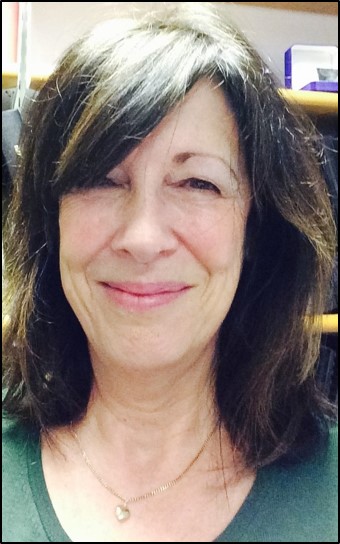
Angela B Seddon
MPhil, PhD, FSGT, FIMM, FRSC, CChem, FSPIE Chair of Inorganic Materials, Head of Mid-Infrared Photonics Group, GGIEMR,AMRG University of Nottingham, UK
Angela B Seddon
MPhil, PhD, FSGT, FIMM, FRSC, CChem, FSPIE Chair of Inorganic Materials, Head of Mid-Infrared Photonics Group, GGIEMR,AMRG University of Nottingham, UKI lead the Mid-Infrared Photonics Group at the University of Nottingham, UK. My vision is to bring about a new paradigm in mid-infrared (MIR) biophotonics for portable, real-time, sensing and imaging in medicine based on new MIR fibreoptics, including for real-time, in vivo cancer diagnosis. I run a world-class suite of labs. dedicated to the synthesis and characterisation of long-wavelength mid-infrared optical fibres and devices. My seminal 1995 paper cited 591x rekindled interest in MIR chalcogenide-glass photonics. The Royal Academy of Engineering / Leverhulme Trust Senior Research Fellowship (2007 / 08) & Medical Research Council, Discipline Hopping Fellowship (2008 / 09) were awarded to initiate my MIR biophotonics’ research. My Optics Express review re-set some ground rules for achieving MIR fibre lasingcited 274x. With DTU, Denmark, we set a world record (held for 6 months) in 2014 in broadband MIR sources demonstrating a MIR-supercontinuum spanning 1.4 mm to 13.3 mm spectral range in fibrecited 745x.This was the first experimental demonstration truly to reveal the potential of MIR fibres to emit across the MIR molecular ”fingerprint spectral region” and a key first step towards bright, portable, broadband MIR sources for biomolecular sensing, including for cancer detection. I am elected Fellow of SPIE for special contribution to glass photonics, Fellow of the Society of Glass Technology, Fellow of the Institute of Materials, Minerals and Mining and Fellow of the Royal Society of Chemistry. 269 publications, 238 talks at conferences and institutions, including 100 invited.
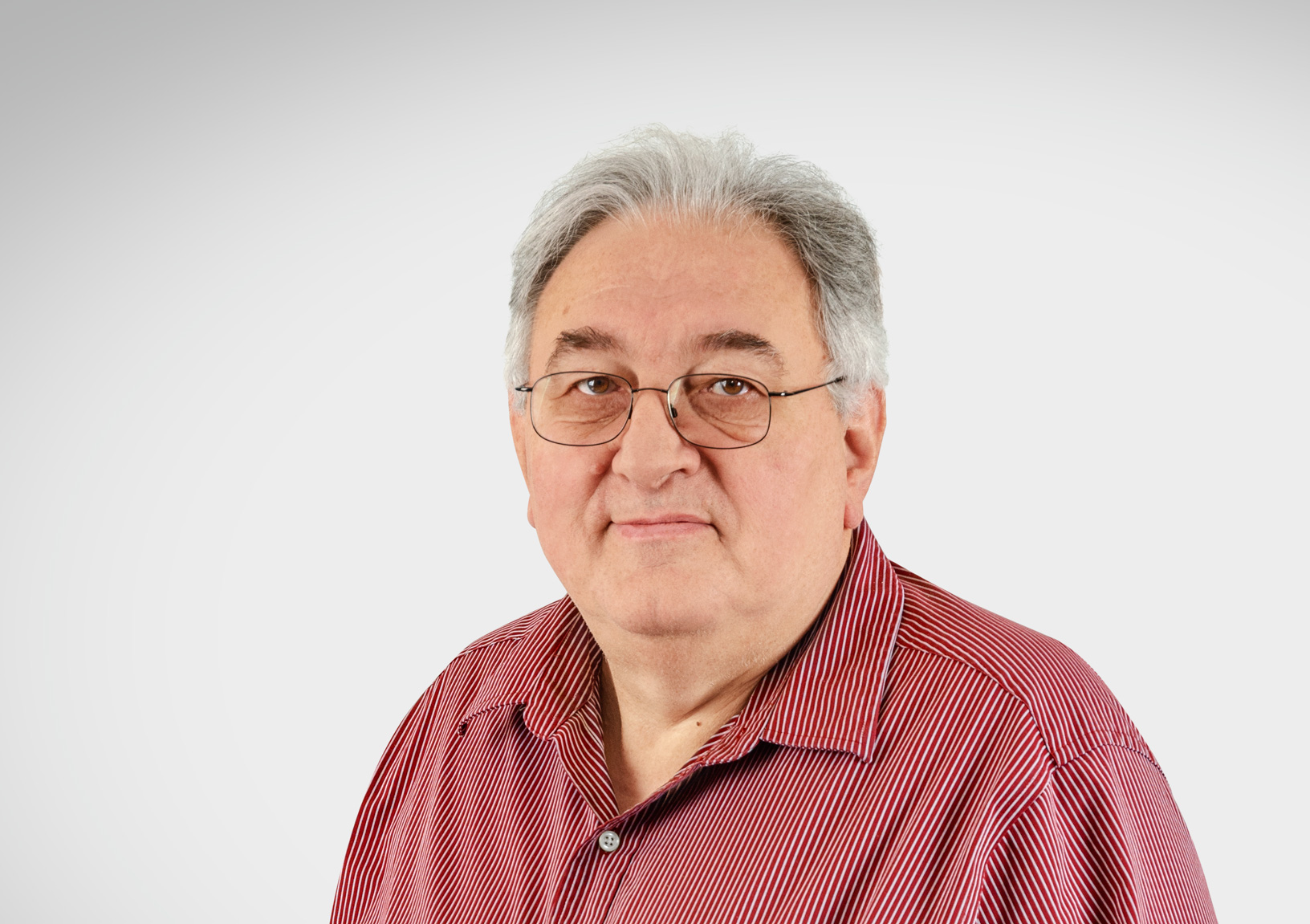
Davorin Babic
Laser Components DG, Inc. Chandler, USA, Co-Developer, Technique for measurement of barrier height distribution at Si/SiO2 interface.
Davorin Babic
Laser Components DG, Inc. Chandler, USA, Co-Developer, Technique for measurement of barrier height distribution at Si/SiO2 interface.Davorin Babić received M Sc. and Ph.D. degrees from the University of Pennsylvania, Philadelphia, PA USA where he investigated and achieved deposition of amorphous GeSe2 from an organic solution of GeSe2 crystalline powder and developed new insight into models of the structure of amorphous As2S3 and As2Se3 by calculating their electronic structure. In 1991 he became Research Assistant Professor at University of North Carolina at Charlotte studying optoelectronic properties of silicon quantum dots caused by electrostatic screening and modifications of dielectric function in the nanoscale and he co-developed a novel technique for measurement of barrier height distribution at Si/SiO2 interface. He joined the University of Illinois at Chicago in 1994 where he conducted research on Si surface passivation in Si doped TMAH solution, observed Si surface passivation in Si doped KOH solution and proposed a model for the passivation mechanism. In 2002 he joined Johnson Research and Development where he developed novel devices and systems for energy storage and conversion. He invented a highly conductive amorphous lithium ion conducting solid electrolyte prepared by sol gel technique. He also developed electrochemical cells that utilize thin film proton conducting ceramic electrolyte. He joined Laser Components DG, Inc. in 2014 where he currently directs research and development of novel photodetectors and improvements of already existing photodetectors with special focus on the infrared. He is a member of SPIE and has 50 publications including 14 patents and 6 pending patent applications.
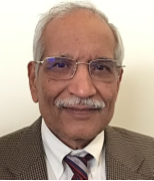
Rajpal Sirohi
Padma Shri, FNAE, FNASc, FOSA, FSPIE, FOSI, AvH Awardee Alabama A&M University, USA
Rajpal Sirohi
Padma Shri, FNAE, FNASc, FOSA, FSPIE, FOSI, AvH Awardee Alabama A&M University, USAProf. Rajpal Singh Sirohi did his Masters in Physics in 1964 from Agra University, and Post M.Sc. in Applied Optics and Ph. D. in Physics both from Indian Institute of Technology, New Delhi in 1965 and 1970 respectively. Prof. Sirohi was Assistant Professor in Mechanical Engineering Department at Indian Institute of Technology Madras during 1971-1979. He became Professor in the Physics Department of the same Institute in 1979. He joined IIT Delhi as Director in 2000 and superannuated in April 2005 from IIT Delhi. During 2000 - 2011, he had been deeply engaged in academic administration and research as Director IIT Delhi (December 2000 - April 2005); Vice-Chancellor, Barkatullah University, Bhopal; (April 2005 - September 2007); Vice-Chancellor, Shobhit University, Meerut (October 2007 - March 2008); Vice-Chancellor of Amity University Rajasthan, Jaipur (March 2008 - October 2009) and Vice-Chancellor, Invertis University, Bareilly (January 2011 – October 2011). He was also the Visitor to the Teerthanker Mahaveer University, Moradabad (June 2012- June 2013). He is currently serving in the Physics Department, Alabama A&M University, Huntsville, Alabama USA. Prior to this (2013 - 2016), he was the Chair Professor, Physics Department, Tezpur University, Tezpur, Assam, India. He was Distinguished Scholar in the Department of Physics and Optical Engineering, Rose Hulman Institute of Technology, Terre Haute, Indian USA during 2011 - 2013. Prof. Sirohi worked in Germany as a Humboldt Fellow at PTB, Braunschweig, and as a Humboldt Awardee at Oldenburg University. He was a Senior Research Associate at Case Western Reserve University, Cleveland, Ohio, and Associate Professor, and Distinguished Scholar at Rose Hulman Institute of Technology, Terre Haute, Indiana. He was ICTP (International Center for Theoretical Physics, Trieste Italy) Consultant to Institute for Advanced Studies, University of Malaya, Malaysia and ICTP Visiting Scientist to the University of Namibia. He was Visiting Professor at the National University of Singapore, and EPFL, Lausanne, Switzerland. Prof. Sirohi is Fellow of several important academies/ societies in India and abroad including the Indian National Academy of Engineering; National Academy of Sciences, Optical Society of America; Optical Society of India; SPIE (The International Society for Optical Engineering), Instrument Society of India and honorary fellow of ISTE and Metrology Society of India. Recently, the Optical Society of India conferred on him the distinction of Distinguished Fellow. He is member of several other scientific societies and founding member of India Laser Association. Prof. Sirohi was also the Chair for SPIE-INDIA Chapter, which he established with co-operation from SPIE in 1995 at IIT Madras. He was invited as JSPS (Japan Society for the Promotion of Science) Fellow and JITA Fellow to Japan. He was a member of the Education Committee of SPIE. Prof. Rajpal Singh Sirohi did his Masters in Physics in 1964 from Agra University, and Post M.Sc. in Applied Optics and Ph. D. in Physics both from Indian Institute of Technology, New Delhi in 1965 and 1970 respectively. Prof. Sirohi was Assistant Professor in Mechanical Engineering Department at Indian Institute of Technology Madras during 1971-1979. He became Professor in the Physics Department of the same Institute in 1979. He joined IIT Delhi as Director in 2000 and superannuated in April 2005 from IIT Delhi. 2 Prof. Sirohi has received the following awards from various organizations: Humboldt Research Award (1995) by the Alexander von Humboldt Foundation, Germany; Galileo Galilei Award of International Commission for Optics (1995); Amita De Memorial Award of the Optical Society of India (1998); 13th Khwarizmi International Award, IROST (Iranian Research Organisation for Science and Technology (2000); Albert Einstein Silver Medal, UNESCO (2000); Dr. YT Thathachari Prestigious Award for Science by Thathachari Foundation, Mysore (2001); Pt. Jawaharlal Nehru Award in Engineering & Technology for 2000, (awarded in 2002) by MP Council of Science and Technology; NRDC Technology Invention Award on May 11, 2003; Sir CV Raman Award: Physical Sciences for 2002 by UGC (University Grants Commission); Padma Shri, a national Civilian Award (2004); Sir CV Raman Birth Centenary Award (2005) by Indian Science Congress Association, Kolkata; Holo-Knight (2005), inducted into Order of Holo- Knights during the International Conference-Fringe 05-held at Stuttgart, Germany; Centenarian Seva Ratna Award (2004) by The Centenarian Trust, Chennai; Instrument Society of India Award (2007); Gabor Award (2009) by SPIE (The International Society for Optical Engineering) USA; UGC National Hari OM Ashram Trust Award - Homi J. Bhabha Award for Applied Sciences (2005) by UGC; Title ‘Freedom of the Institute’ conferred by Indian Institute of Technology Delhi in 2011; Distinguished Alumni Award (2013) by Indian Institute of Technology Delhi; Vikram Award 2014 by SPIE (The International Society for Optical Engineering) USA. According to Stanford University ranking report, he is listed with in 2% of the global scientists in Optoelectronics and Photonics. Prof. Sirohi was the President of the Optical Society of India during 1994-1996. He was also the President of Instrument Society of India for three terms (2003-06, 2007-09, 2010-12). He was on the International Advisory Board of the Journal of Modern Optics, UK and on the editorial Boards of the Journal of Optics (India), Optik, Indian Journal of Pure and Applied Physics. He was Guest Editor to the Journals “Optics and Lasers in Engineering” and “Optical Engineering”. He was Associate Editor of the International Journal “Optical Engineering”, USA during (1999-Aug.2013), and currently is its Senior Editor (since August 2013). He is the Series Editor of the Series on ‘Advances in Optics, Photonics and Optoelectronics’ published by Institute of Physics (IoP) Publishing, UK. Prof. Sirohi has 496 papers to his credit with 250 published in national and international journals, 78 papers in Proceedings of the conferences and 168 presented in conferences. He has authored/co-authored/edited thirteen books including five milestones for SPIE. He was Principal Coordinator for 26 projects sponsored by Government Funding Agencies and Industries, has supervised 25 Ph.D. theses, 7 M.S. theses and numerous B.Tech., M.Sc. and M.Tech. theses. Prof. Sirohi’s research areas are Optical Metrology, Optical Instrumentation, Laser Instrumentation, Holography and Speckle Phenomenon.
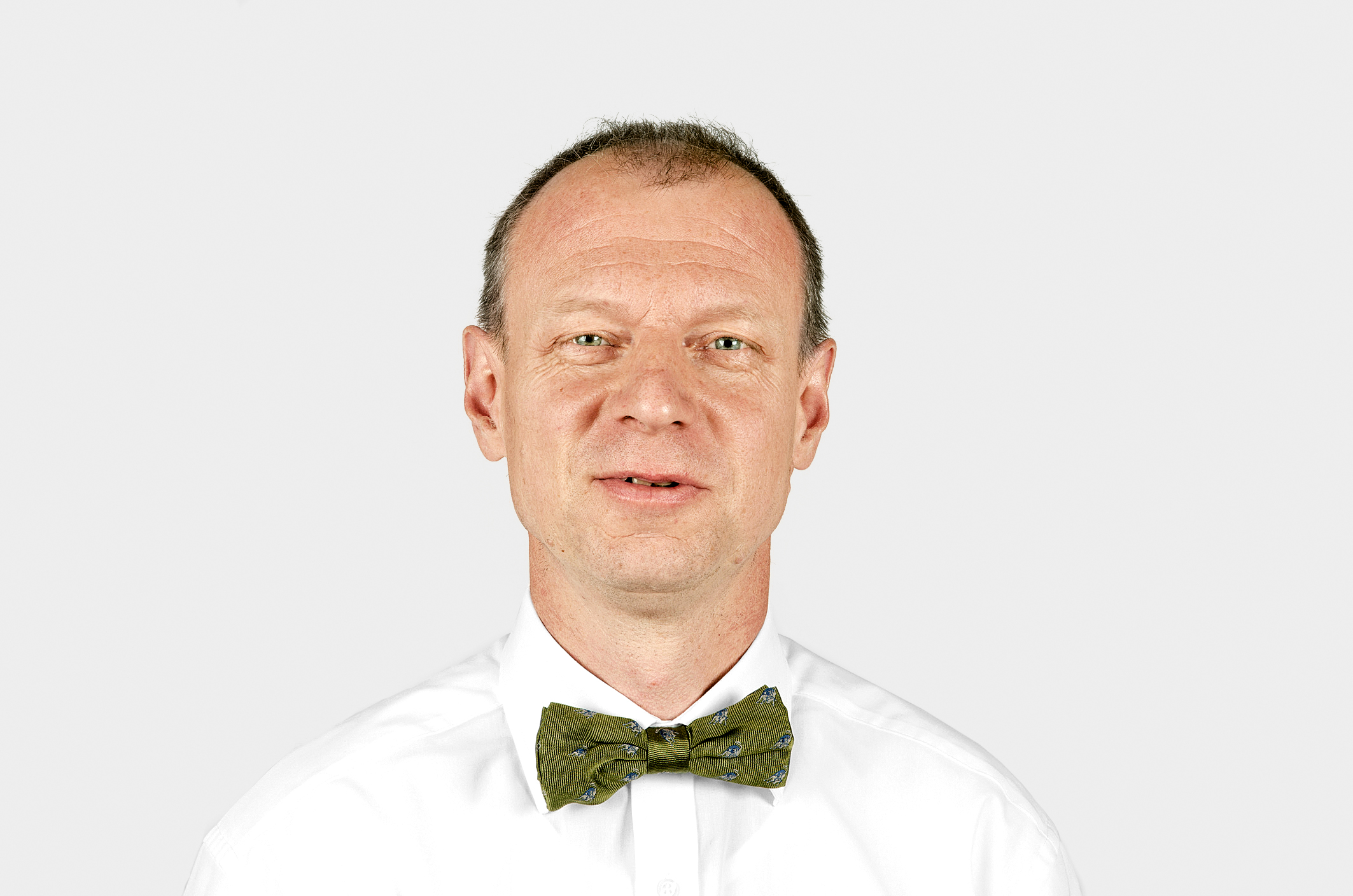
Johannes Kunsch
Head of Business Unit IR-Components and Optical Filters Laser Components GmbH, Germany
Johannes Kunsch
Head of Business Unit IR-Components and Optical Filters Laser Components GmbH, GermanyJohannes Kunsch finished Friedrich-Schiller-University at Jena/Germany with a Physics degree in 1985 where he specialized on nonlinear optics and quantum effects. He then joined the Institute of Optics and Spectroscopy at Berlin and worked on the measurement and application of ultrafast phenomena in semiconductors. He started to work in the Infrared and filter department of Laser Components GmbH/Germany at the beginning of 1991 and continued since. Business development and sales of IR detectors from companies like EG&G Judson, CAL-Sensors, Dexter Research Center and InfraTec has been the major focus over more than two decades. Laser Components did start to develop and manufacture infrared detectors on their own by 2014 and so this business segment had to be rebuilt from beginning and turned into global. Former side activities like laserdiodes for spectroscopy and UV-detectors were discontinued in conjunction with this major challenge. However, filter activities have been kept and even been expanded since that time as well. He is named inventor on two patents and authored over a dozen papers at scientific journals. In 2012, he initiated the first IR-Workshop at Olching as a biannual European top event. This format has been successfully transferred to North America by 2017 and turned into virtual format of 1st and 2nd Global IR Sessions by the end of 2020.
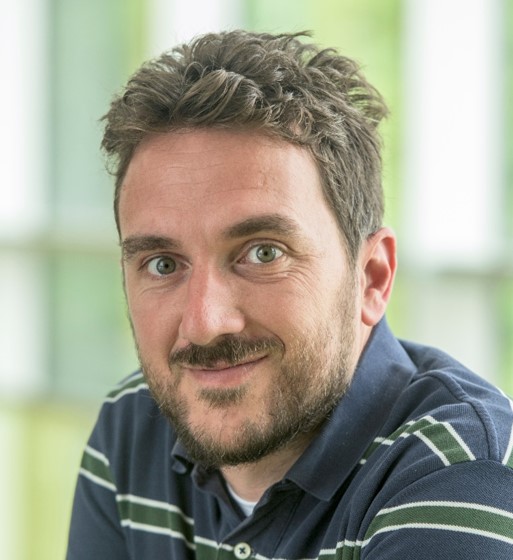
Francesco Poletti
Head, Hollow Core Fibre group The Optoelectronics Research Centre University of Southampton, UK Co-Founder, Startup Lumenisity
Francesco Poletti
Head, Hollow Core Fibre group The Optoelectronics Research Centre University of Southampton, UK Co-Founder, Startup LumenisityProfessor Francesco Poletti heads the Hollow Core Fibre group at the Optoelectronics Research Centre (University of Southampton), an interdisciplinary team developing ground-breaking air-guiding fibres. For the past decade the team has been at the forefront in pushing the research boundaries of optical fibre technologies. Professor Poletti holds an ERC consolidator grant and is a co-founder of the startup Lumenisity, which commercialises air-guiding optical fibre cables for data communications.
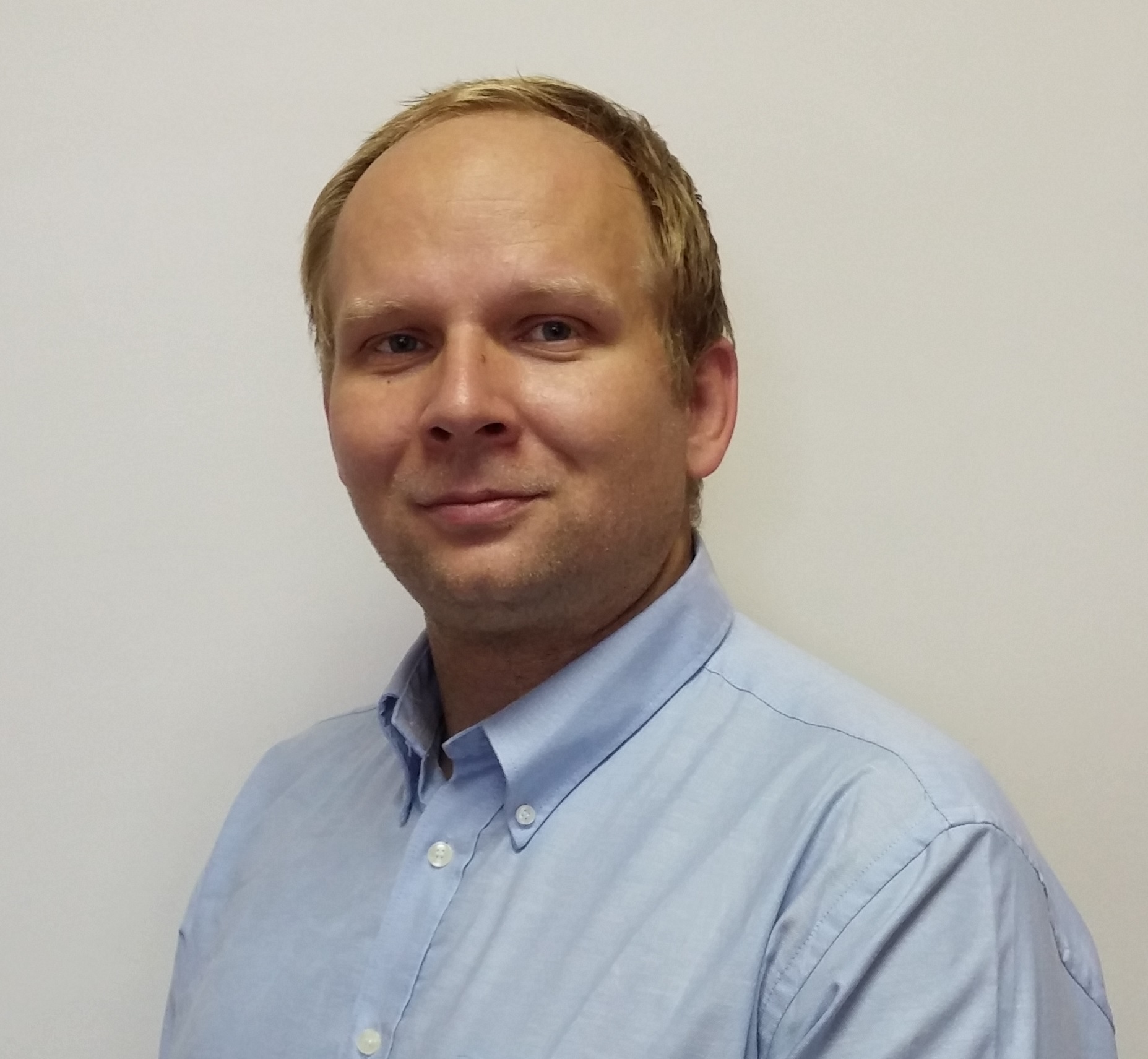
Josef Vojtech
CESNET, Czech Republic Research prize, Czech minister of education
Josef Vojtech
CESNET, Czech Republic Research prize, Czech minister of educationJosef Vojtech received with honours MSc in Computer Science and PhD degree in the field of all-optical networking from the Czech Technical University, Prague, in 2001 and 2009, respectively. He leads research department of Optical networks CESNET a.l.e., e-infrastructure provider in the Czech Republic since 2015. He holds 13 patents (including 5 US) and multiple utility models. His record shows 140+ scientific publications. He participated in international projects: CLONETS-DS, TiFOON, CLONETS, COMPLETE, FI-PPP XIFI, GN4, GN3+, GN3, GN2, Porta Optica Study, SEEFIRE. He led contractual research for delivery of ultrastable coherent optical frequency for sensing of nuclear power plant containment stability and interconnection of quantum sources of ultra-stable optical frequency. He co-organizes Customer Empowered Fibre networks workshop since 2004 and special section on Photonic networks and their services within conference on Telecommunications and signal processing since 2016. He is a senior member of IEEE, OSA, SPIE and member of ION. In 2007 he received the research prize of the Czech minister of education. In 2007 he with Miroslav Karásek and Jan Radil received the research prize of the Czech minister of education. Josef Vojtech received with honours MSc in Computer Science and PhD degree in the field of all-optical networking from the Czech Technical University, Prague, in 2001 and 2009, respectively. He leads research department of Optical networks CESNET a.l.e., e-infrastructure provider in the Czech Republic since 2015. He holds 13 patents (including 5 US) and multiple utility models. His record shows 140+ scientific publications. He participated in international projects: CLONETS-DS, TiFOON, CLONETS, COMPLETE, FI-PPP XIFI, GN4, GN3+, GN3, GN2, Porta Optica Study, SEEFIRE. He led contractual research for delivery of ultrastable coherent optical frequency for sensing of nuclear power plant containment stability and interconnection of quantum sources of ultra-stable optical frequency. He co-organizes Customer Empowered Fibre networks workshop since 2004 and special section on Photonic networks and their services within conference on Telecommunications and signal processing since 2016. He is a senior member of IEEE, OSA, SPIE and member of ION. In 2007 he received the research prize of the Czech minister of education. In 2007 he with Miroslav Karásek and Jan Radil received the research prize of the Czech minister of education.
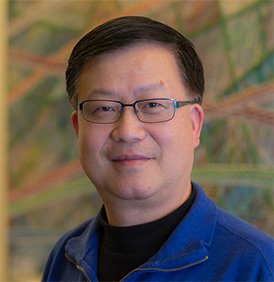
Zhongping Chen
Professor, Biomedical Engineering & Director, OCT Laboratory, Irvine Beckman Laser Institute University of California, USA
Zhongping Chen
Professor, Biomedical Engineering & Director, OCT Laboratory, Irvine Beckman Laser Institute University of California, USADr. Zhongping Chen is a Professor of Biomedical Engineering and Director of the OCT Laboratory at the University of California, Irvine. He is a Co-founder and Chairman of OCT Medical Imaging Inc. Dr. Chen received his B.S. degree in Applied Physics from Shanghai Jiao Tong University in 1982, his M. S. degree in Electrical Engineering in 1987, and his Ph.D. degree in Applied Physics from Cornell University in 1993. Dr. Chen and his research group have pioneered the development of Doppler optical coherence tomography, which simultaneously provides high resolution 3-D images of tissue structure and vascular flow dynamics. These functional extensions of OCT offer contrast enhancements and provide mapping of many clinically important parameters. In addition, his group has developed a number of endoscopic and intravascular rotational and linear miniature probes for OCT and MPM imaging and translated this technology to clinical applications. He has published more than 300 peer-reviewed papers and review articles and holds a number of patents in the fields of biomaterials, biosensors, and biomedical imaging. Dr. Chen is a Fellow of the American Institute of Medical and Biological Engineering (AIMBE), a Fellow of SPIE, and a Fellow of the Optical Society of America.
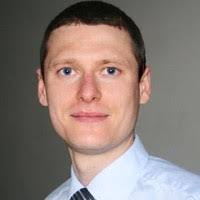
Wojciech Suder
Cranfield University, UK
Wojciech Suder
Cranfield University, UKDr Wojciech Suder - a senior lecturer at Cranfield University working on various projects in laser processing and arc welding. In the last 10 years he has been working on understanding fundamentals and process development of high power laser processes, such as thick section welding, hybrid welding, additive manufacture and pulsed laser processing. He holds a PhD in laser welding from Cranfield University and an MSc in Materials Science from Gdansk University of Technology. He works actively towards promoting more robust “black art”-free laser welding, by encouraging better understanding of laser welding amongst the laser users. His work, therefore, has been strongly applied and closely collaborative with various industries.
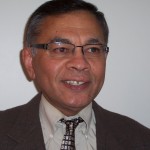
Niloy K.Dutta
Fellow, Optical Society of America & International Society of Optical Engineers Member, Connecticut Academy of Science & Engineering, University of Connecticut, USA
Niloy K.Dutta
Fellow, Optical Society of America & International Society of Optical Engineers Member, Connecticut Academy of Science & Engineering, University of Connecticut, USANiloy Dutta is a professor of physics at the University of Connecticut, Storrs, CT. He was Director of Optoelectronic Device Research at AT&T Bell Laboratories, Murray Hill, NJ. He is a Life Fellow of the Institute of Electrical Engineers (IEEE), a Fellow of the Optical Society of America, a Fellow of the International Society of Optical Engineers (SPIE), and, a Member of the Connecticut Academy of Science and Engineering. He received the Photonics Society Distinguished Lecturer Award in 1995 and Bell Laboratories President’s Award in 1997
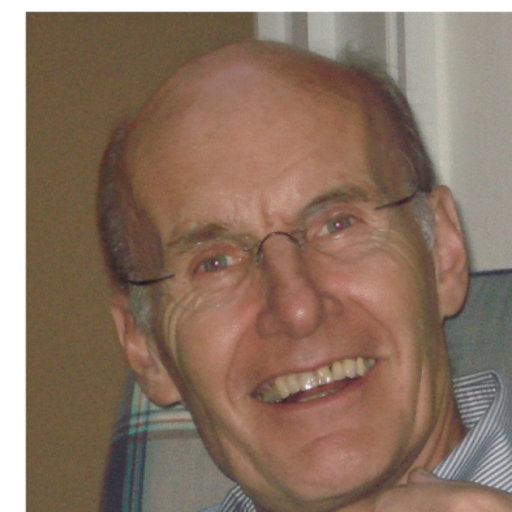
Heinz W. Siesler
EAS NIR Award: 1994, Tomas Hirschfeld PITTCON NIR Award 2000, Buechi NIR Award: 2003, University of Duisburg-Essen, Germany
Heinz W. Siesler
EAS NIR Award: 1994, Tomas Hirschfeld PITTCON NIR Award 2000, Buechi NIR Award: 2003, University of Duisburg-Essen, GermanyHeinz Wilhelm Siesler is a Professor of Physical Chemistry at the University of Duisburg-Essen, Germany, with expertise in vibrational spectroscopy in combination with chemometric data evaluation for chemical research, analysis and process control. He has 240+ publications (4 monographs) and presented more than 300 lectures worldwide. Since 2012 he is a Fellow of the Society for Applied Spectroscopy and received several awards (1994 EAS NIR Award, 2000 Tomas Hirschfeld PITTCON NIR Award, and 2003 Buechi NIR Award). Prior to his academic position he gained industrial experience as section head in molecular spectroscopy and thermal analysis in the R&D Department of Bayer AG, Germany. He also worked as lecturer (University of the Witwatersrand, Johannesburg, South Africa) and Post-Doc (University of Cologne, Germany), after receiving his PhD in Chemistry (University of Vienna, Austria). The test and application of miniaturized handheld vibrational spectrometers is a special research focus over the last ten years.
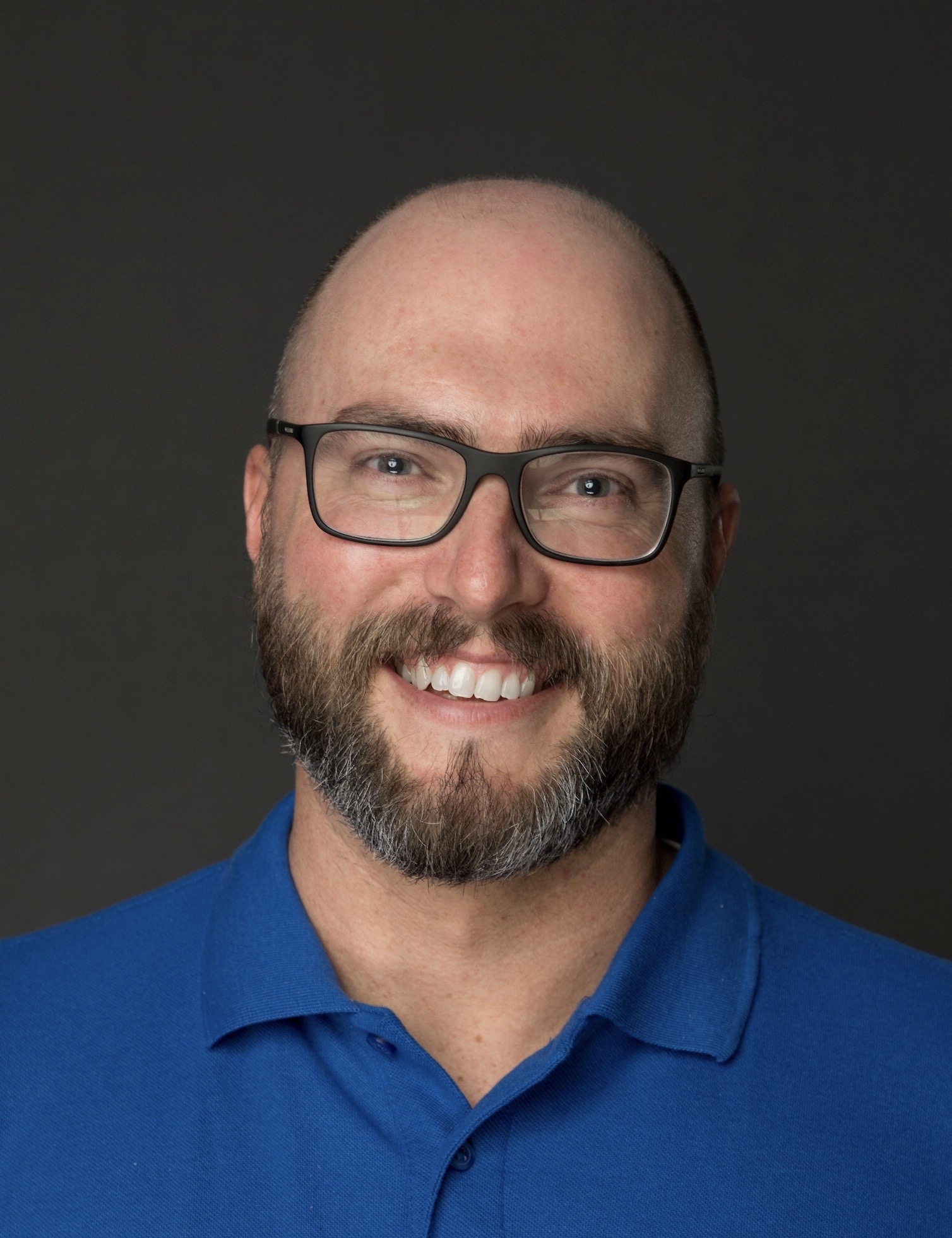
Travis Craddock
Director, Clinical Systems Biology Group Institute for Neuro-Immune Medicine Nova Southeastern University Fort Lauderdale, USA
Travis Craddock
Director, Clinical Systems Biology Group Institute for Neuro-Immune Medicine Nova Southeastern University Fort Lauderdale, USATravis J.A. Craddock, Ph.D. (Physics) is an Associate Professor in the Departments of Psychology & Neuroscience, Computer Science and Immunology at Nova Southeastern University (NSU) in Fort Lauderdale, Florida. He is the Director of the Clinical Systems Biology group at NSU’s Institute for Neuro-Immune Medicine where he applies computational biophysics methods towards the purpose of identifying novel diagnostics and treatments for illnesses involving neuroinflammation. Dr. Craddock received his Ph.D. in biophysics at the University of Alberta where his graduate research activities focused on biomolecular information processing, and nanoscale descriptions of memory, and cognitive dysfunction in neurodegenerative disorders. His current research activities are focused on using a theory driven approach to understand the underlying molecular regulation of chronic illness resulting from exposure to neurotoxins, such as anesthesia and nerve agents, in order to improve diagnosis and treatment strategies. This work is primarily funded by the U.S. Department of Defense.
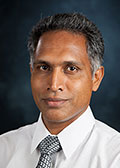
Oomman K. Varghese
University of Houston, USA, 9th ‘World's Top 100 Materials Scientists’ (past decade), 2014, 2015 & 2016: Highly Cited Researcher, World's Top 2% of scientists(Stanford University Report: 2020)
Oomman K. Varghese
University of Houston, USA, 9th ‘World's Top 100 Materials Scientists’ (past decade), 2014, 2015 & 2016: Highly Cited Researcher, World's Top 2% of scientists(Stanford University Report: 2020)Oomman K. Varghese received Ph.D. from Indian Institute of Technology Delhi (IITD), India. He conducted postdoctoral research in the University of Kentucky and the Pennsylvania State University and then worked as a Process Development Engineer in First Solar, USA. He is currently an Associate Professor in the Department of Physics, University of Houston (UH), Texas. His group’s research is primarily aimed at developing nanoscale materials and heterostructures and investigating their unique properties for solar energy conversion and medical applications. He has contributed to over 100 peer reviewed articles, one book, two book chapters and three patents. His publications have received over 36,000 citations (Google Scholar h-index - 74). In 2011, Thomson Reuters ranked him 9th among ‘World's Top 100 Materials Scientists’ in the past decade. In 2014, 2015 and 2016 he received the title ‘Highly Cited Researcher’ and had his name listed in Thomson Reuters’ World’s Most Influential Scientific Minds. He is a recipient of the UH College of Natural Science and Mathematics John C. Butler Award for Excellence in Teaching. He is among the top 2% of the scientists in the world per the Stanford University Report, 2020.”
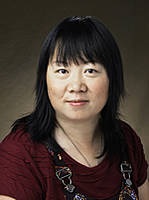
Danling Wang
North Dakota State University United States
Danling Wang
North Dakota State University United StatesDanling Wang is an Assistant Professor of the Department of Electrical and Computer Engineering at North Dakota State University, where she has been since 2016. Dr. Wang graduated from Department of Electrical Engineering in University of Washington, Seattle, in 2014. Since 2008, her research is focused on investigation of portable chemiresistive sensors particularly based on nanostructured materials such as metal-oxide semiconductors in application to explosive detector in industry and military, and breath analyzer for early stage disease diagnosis. The theme of her research is to create high performance sensor devices through exploring the relationships between the composition/structure of materials and their electric, optical and electrochemical properties and studying the interaction between gas molecules and a solid-state film. The main goal of her research is to deliver in-depth fundamental research with regard to sensor materials and devices in application of disease diagnosis, health status monitoring, industrial and food safety
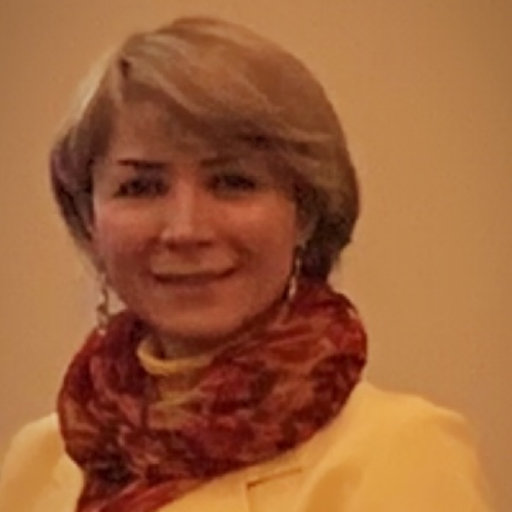
Nooshafarin Kazemikhoo
University of New South Wales, Australia
Nooshafarin Kazemikhoo
University of New South Wales, AustraliaI am a MD, PhD, Post Doc in Medical Laser and I have been using photo biomodulation (PBM) and low-level laser therapy (LLLT) for wound healing particularly non healing diabetic wounds candidate for amputation and burn wounds which require split thick ness skin graft, since 2003. I have published 22 international papers and 2 books in this field. I have run several workshops and training courses on PBM in both academic and non-academic courses and have delivered several oral and poster presentations at international conferences. Currently working as research fellow and laser specialist in St. George Hospital, University of New south wales, Sydney, Australia
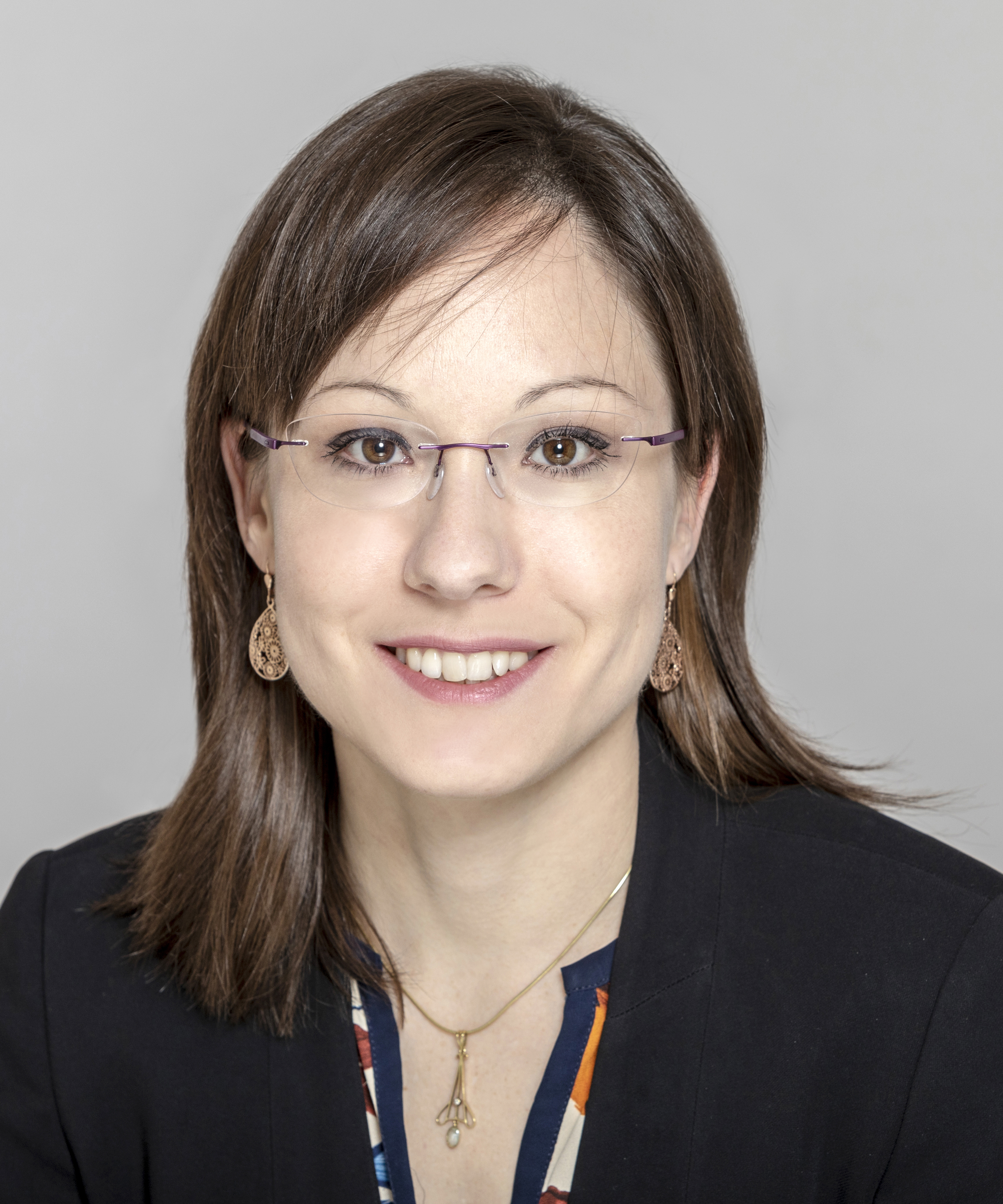
Jana Kainerstorfer
Carnegie Mellon University, USA
Jana Kainerstorfer
Carnegie Mellon University, USAJana Kainerstorfer is an Associate Professor of Biomedical Engineering at Carnegie Mellon University and holds courtesy appointments in the Neuroscience Institute and Electrical & Computer Engineering. Her lab’s research is focused on developing noninvasive optical imaging methods for disease detection and/or treatment monitoring, with an emphasis on diffuse optical imaging. She serves on program committees at national and international conferences (including the SPIE Photonics West as well as OSA Topical Meetings) and served as Program Chair for the OSA Biophotonics Congress: Optical Tomography and Spectroscopy in 2020. She further is an associate editor for Journal of Biomedical Optics (SPIE), served as associated editor for IEEE Transactions on Biomedical Engineering, as a guest editor for Opportunities in Neurophotonics in APL Photonics, and as editor for the Virtual Journal of Biomedical Optics (a journal of the Optical Society of America). She got elected as a senior member of the Optical Society of America. Her research has been funded by AHA, NIH, ONR, DARPA, and the Air Force, including the NIH R21 Trailblazer as well as AHA Scientist Development Grant.
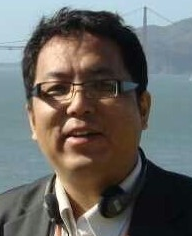
Yang Pu
CTO & Director of Biophotonics Davinci Applied Technologies Inc. United States
Yang Pu
CTO & Director of Biophotonics Davinci Applied Technologies Inc. United StatesMy education, training, and research have been highly interdisciplinary crossing boundaries of optical engineering, physics, medicine and biology. I have a successful and productive record of developing innovative biomedical optical imaging and sensing technologies, evaluating them in phantom, cell, tissue, and pre-clinical models, and move them into translational applications, commercializing for broader disseminations and clinical use. Over the past 19 years, I have established a record in taking part in federally funded research projects in different amount size, leading small research programs and investigators, initiating and coordinating major interdisciplinary efforts among academic and clinical institutions, and industry. My research in “optical biopsy” can be described as understanding the optical signatures of cancer and early malignancies at the molecular level. My Biophotonics experience involves providing exceptional educational and training experiences for scientists and engineers at all stages of career development: high school students, undergraduate, graduate, and post-doctoral fellows. I have experience in serving as outside member of the Supervisory Committee for Ph. D candidate. I have plenty of teaching experiences in college as a tutor, lab instructor and lecturer. These experiences enable me to develop courses for graduate and undergraduate programs in electrical and biomedical engineering or bioengineering. Along with my research background, I have over 10 years industry experience in Shenzhen - China as a R&D and field application engineer in the electrical industry (for example, Infineon Technologies AG) so I has tremendous experience in field-programmable gate array (FPGA) and Digital Signal Processing (DSP) design. I as well took part in founding a company on biomedical imaging technologies and instrumentation development in the United States as a senior executive and scientist for over 3 years at MicroPhotoAcoustic Inc, to develop Photoacoustic Microscopy systems for clinical trial.
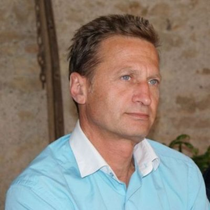
KHALED SARAYEDDINE
Inventor, New display systems, Disruptive Technologies CTO & Co-Founder, Optinvent, France
KHALED SARAYEDDINE
Inventor, New display systems, Disruptive Technologies CTO & Co-Founder, Optinvent, FranceRecognized expert in worldwide Display industry and leading figure in the field of Microdisplay based projection systems, compact projection systems, and near to eye optics. Chaired several industry consortium such as SID/IDW. Holds more than 20 patents in optics for projection and wearable displays. Inventor of new display systems and disruptive technologies with a vision on the consumer market. Proven experience as a Start-Up CTO driving innovation and multidisciplinary product development. Strong problem solving approach and ability to drive highly skilled development teams to reach challenging company goals. Hold Phd in Optics from the University of Franche Comté, Besançon, France and a "Diplome d'Ingenieur" from Ecole Supérieur d'Electronique et Electrotechnique; ESIEE, Paris in Semiconductor physics. Currently CTO and Co-Founder of Optinvent a French Start-up that offer the best technology for see-through video glasses for consumer market
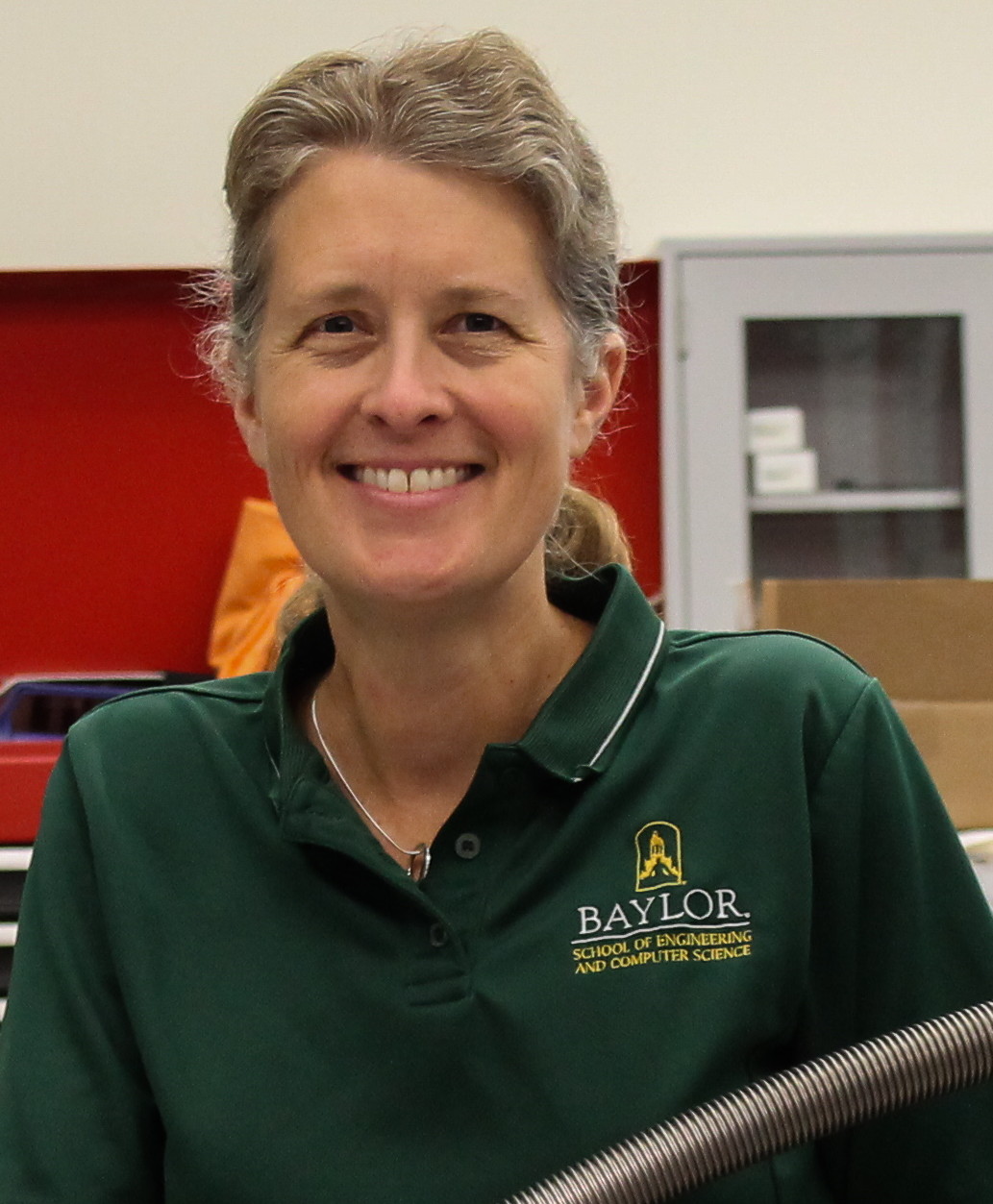
Linda Olafsen
2018: Outstanding Faculty Award Chair, Congressional Visits Day subcommittee, Baylor University, USA
Linda Olafsen
2018: Outstanding Faculty Award Chair, Congressional Visits Day subcommittee, Baylor University, USALinda Olafsen earned an A.B. in Physics at Princeton University. She then went to graduate school in Physics at Duke University and received her Master’s degree in 1994 and her Ph.D. in 1997. Dr. Olafsen accepted a National Research Council postdoctoral research associateship at Naval Research Laboratory in Washington, D.C. for two years before taking a faculty position at the University of Kansas in 1999, first as an Assistant Professor, receiving an Office of Naval Research Young Investigator Award in 2001, and being promoted to Associate Professor in 2005. She joined the faculty at Baylor University as an Associate Professor of Physics in 2006, and then as an Associate Professor of Electrical and Computer Engineering in 2015. She was recognized in 2018 with an Outstanding Faculty Award for Teaching at Baylor University.She is a member of the IEEE (senior member), SPIE, the American Physical Society (lifetime member), the Directed Energy Professional Society, and the Materials Research Society. She is on the editorial board of the MRS Bulletin, chairs the MRS Bulletin book review board, and has served as a member and chair of the Congressional Visits Day subcommittee, organizing visits to Washington, DC to speak with members of Congress about the impact of federal funding of research.Her research is focused on the development of efficient mid-infrared semiconductor lasers at or above room temperature, as well as the application of materials and infrared sensing to biomedical devices and systems.
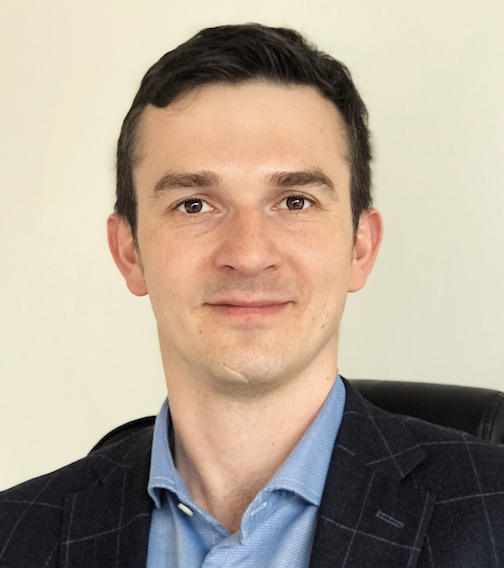
Alexander Doronin
Victoria University of Wellington, New Zealand
Alexander Doronin
Victoria University of Wellington, New ZealandDr Alexander Doronin is an Assistant Professor in Computer Science at Victoria University of Wellington (New Zealand). His research interests are interdisciplinary and lie at the interface between Computer Graphics, Biomedical Optics and most recently Artificial Intelligence focusing on modelling of light transport in turbid media, development of novel optical diagnostics modalities, physically-based rendering, optical measurements/instrumentation, acquisition and building of realistic material models, colour perception, translucency, appearance and biomedical visualization. He has extensive recognized experience in the design of forward and inverse algorithms of light scattering in turbid tissue-like media simulations and created a generalized Monte Carlo model of photon migration which has found a widespread application as an open-access computational tool for the needs of light transport communities in Biophotonics, Biomedical Imaging and Graphics.
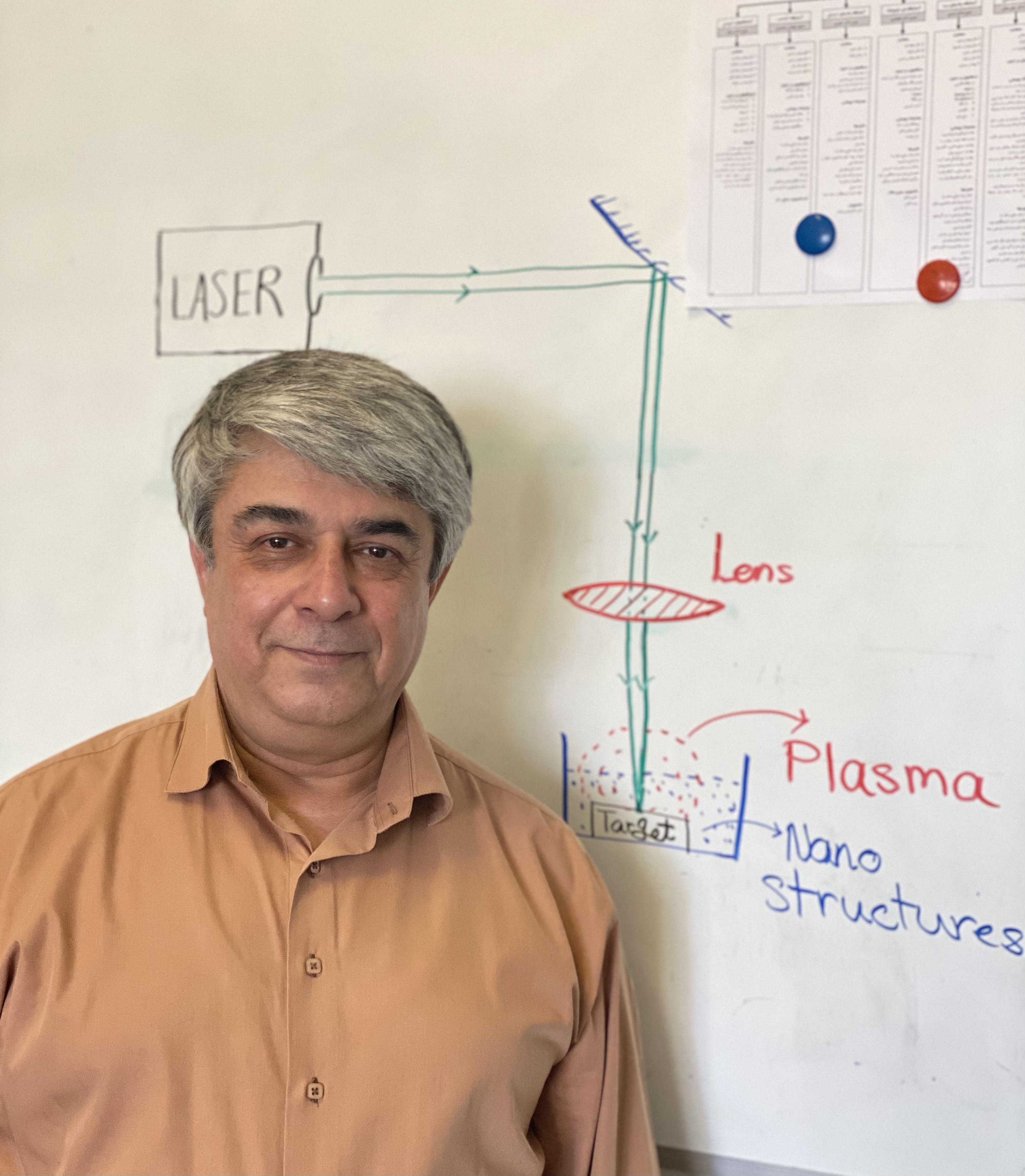
Davoud Dorranian
Azad University, Iran
Davoud Dorranian
Azad University, IranDavoud Dorranian received the BS degree in applied physics from the Urmia University, Urmia, Iran in 1992 and MSc degree in atomic and molecular physics (plasma physics, MCF) from I. Azad University, Tehran, Iran in 1995. He graduated with a PhD in Utsunomiya University, Utsunomiya, Japan in 2003. His PhD research was an experimental work on the radiation phenomena in the interaction of high-power ultrashort pulsed laser with plasma. He then joined the Plasma Physics Research Center of I. Azad University in Tehran, Iran, where he is now full professor. Since 2005 he has been the editor-in-chief of the Journal of Theoretical and Applied Physics. His research activities have been concentrated on the study of nanosecond laser pulses and materials with the focus on the laser ablation produced nanostructures. Theoretically, he works on the interaction of high power lasers with plasma and waves in plasmas.
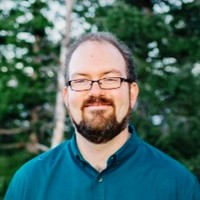
Kevin Knabe
Director of R&D at Vescent Photonics, USA
Kevin Knabe
Director of R&D at Vescent Photonics, USA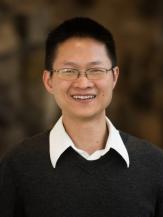
BINLIN WU
Southern Connecticut State University United States
BINLIN WU
Southern Connecticut State University United States
Adrian Rodriguez Contreras
The City College of New York, USA
Adrian Rodriguez Contreras
The City College of New York, USA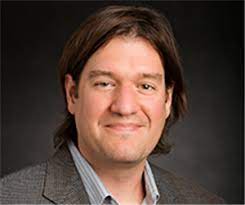
Peter Dragic
The Grainger College of Engineering, University Of Illinois – United States
Peter Dragic
The Grainger College of Engineering, University Of Illinois – United States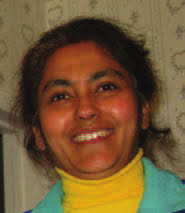
Indu Fiesler Saxena
Innoveyda United States
Indu Fiesler Saxena
Innoveyda United States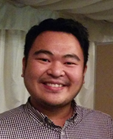
Sendy Phang
George Green Institute for Electromagnetics Research, UK University of Nottingham, UK
Sendy Phang
George Green Institute for Electromagnetics Research, UK University of Nottingham, UKSendy Phang is an assistant professor in electromagnetics engineering in the George Green Institute for Electromagnetics Research, The University of Nottingham, UK since 2019. He received the BEng (with honours) in engineering physics from the Bandung Institute of Technology, Bandung, Indonesia, in 2010, the MSc in electromagnetic and the PhD in electrical and electronic engineering from the University of Nottingham, UK, in 2011 and 2016, respectively. He was the recipients of the 2017 Young Scientist Award presented by the URSI General Assembly. His recent research interests are in ultrafast optical sensing enabled by an all-optical information processing device based on metamaterial, parity-time quantum-mechanics and neuromorphic systems.

ALIASGHAR AJAMI
Semnan University, Iran
ALIASGHAR AJAMI
Semnan University, Iran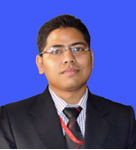
Nitu Borgohain
University of Science & Technology Meghalaya (USTM), India
Nitu Borgohain
University of Science & Technology Meghalaya (USTM), India
HESAM ZANDI
K. N. Toosi Uni of Technology, Iran
HESAM ZANDI
K. N. Toosi Uni of Technology, IranHesam Zandi received B.Sc., M.Sc. and PhD degrees in electrical engineering from Sharif University of Technology, in 2005, 2007, and 2012 respectively. He conducted research in development of a quantum bit device, which lead to double entangled qubits having high fidelity reading process at SERL. He got a post-doc research fellowship in SUT, in which he was developing a RSFQL structure for ultra-high speed digital circuits. In 2016, he joined K. N. Toosi University of Technology, where he is currently an assistant professor in electrical engineering. His research interests are mainly focused on the design, modeling, and fabrication of THz devices and systems, metal-oxide sensors, and also superconducting devices. He is recently been chosen as the head of EML laboratory which is one the well-known establishments in KNTU.
